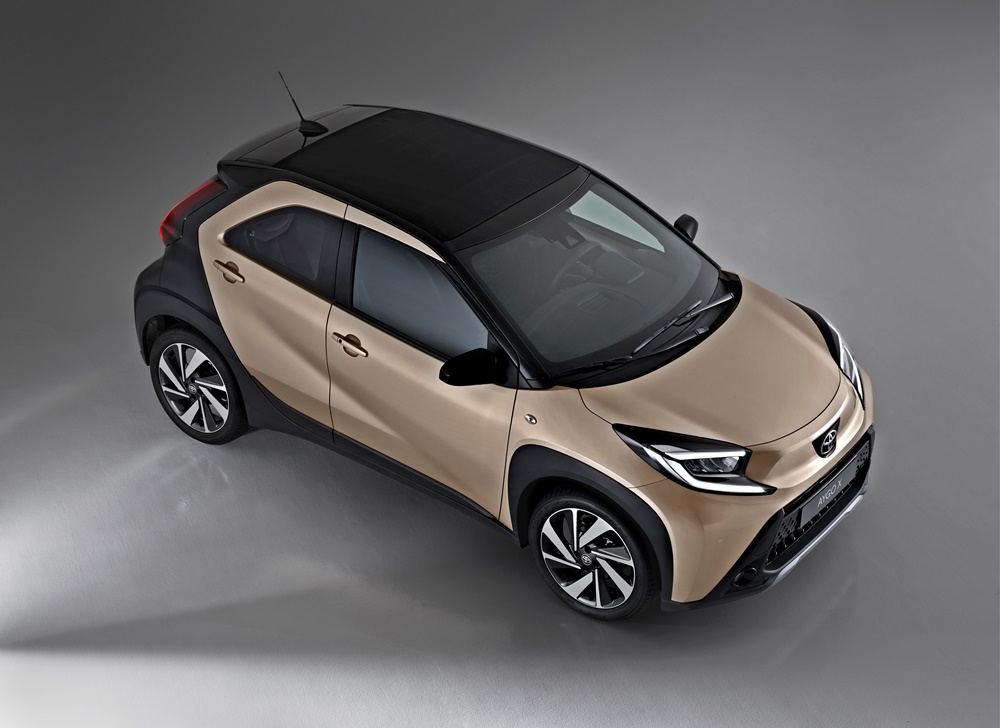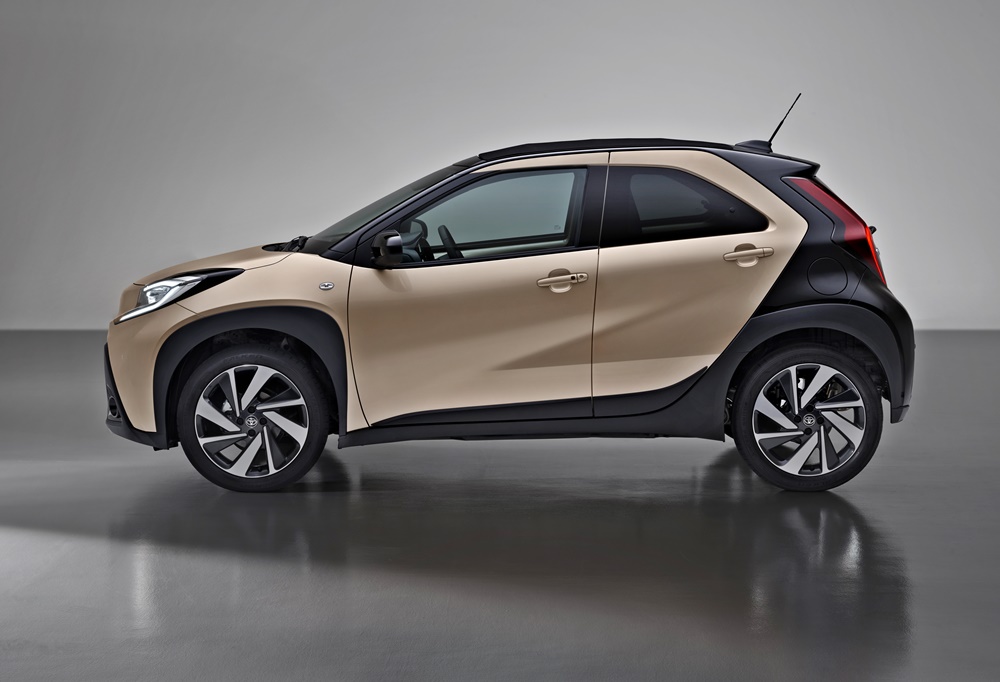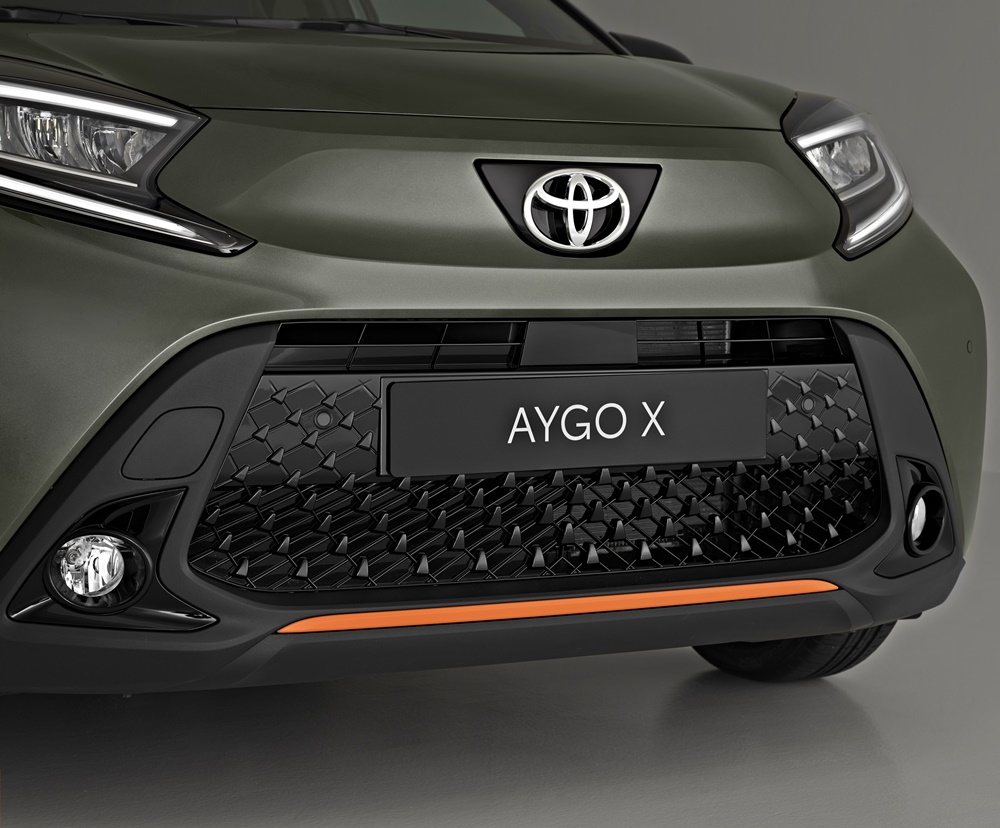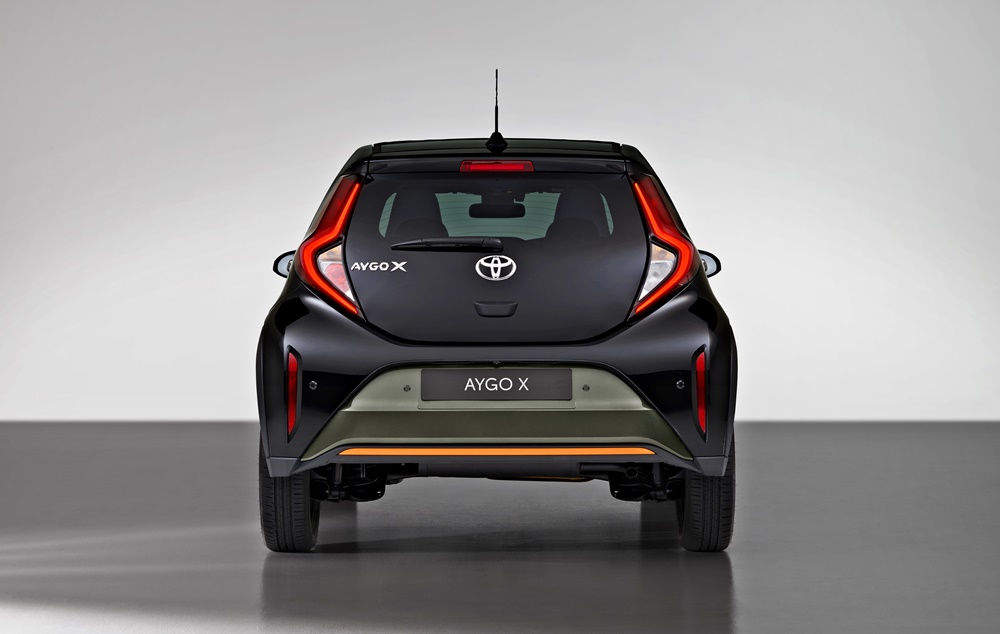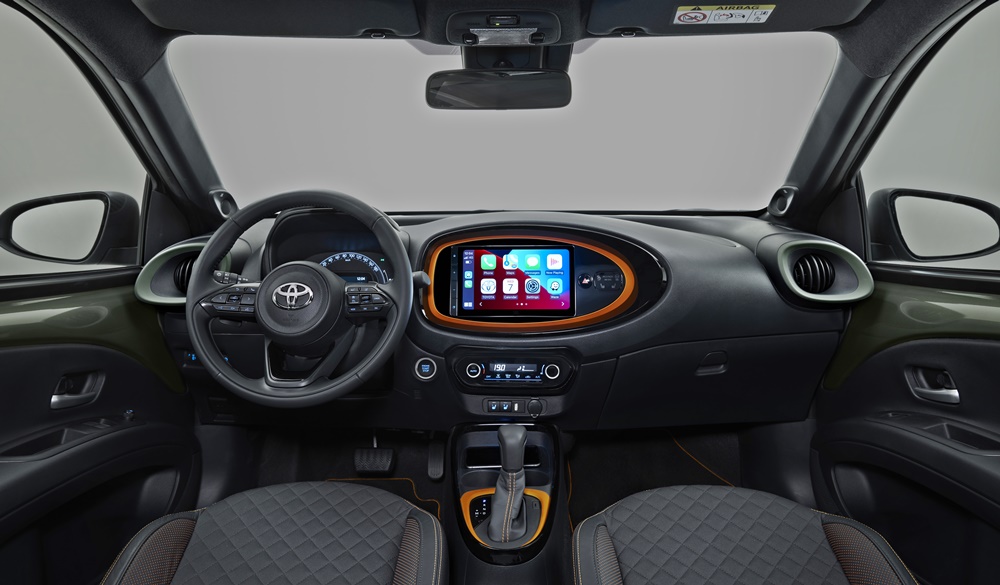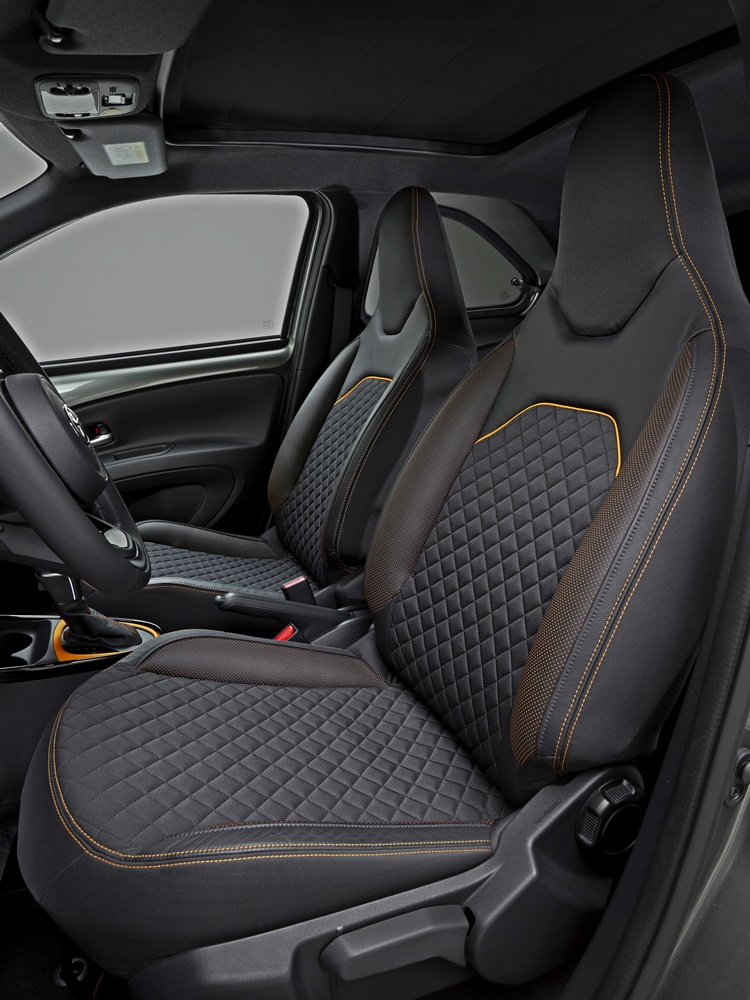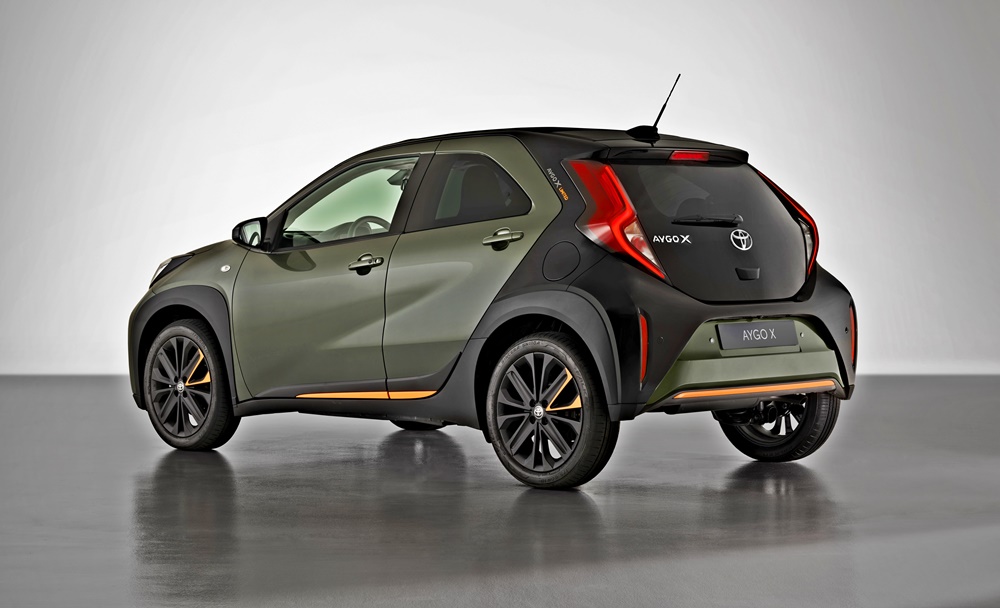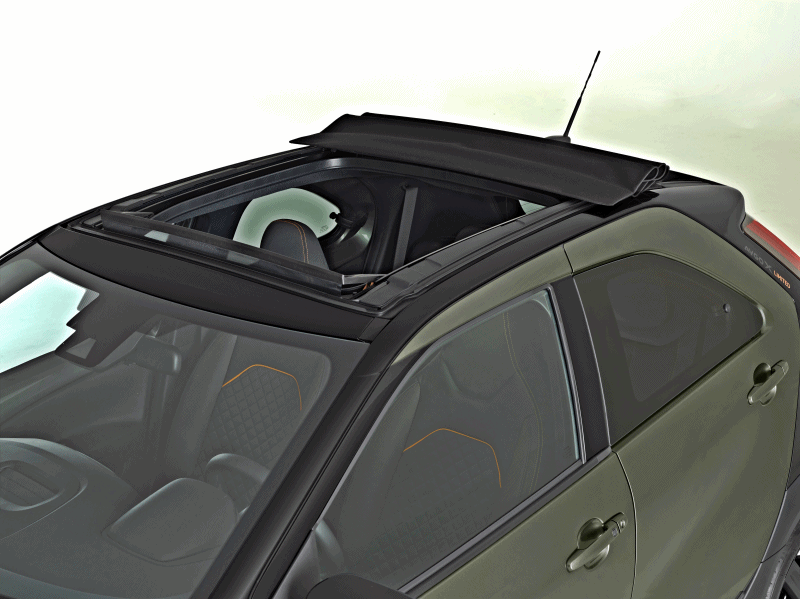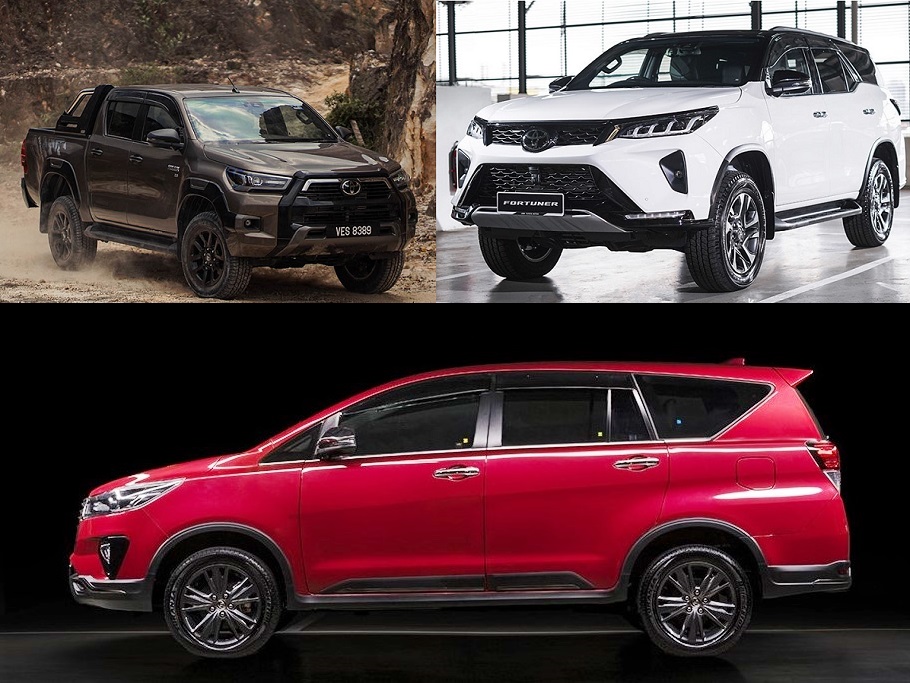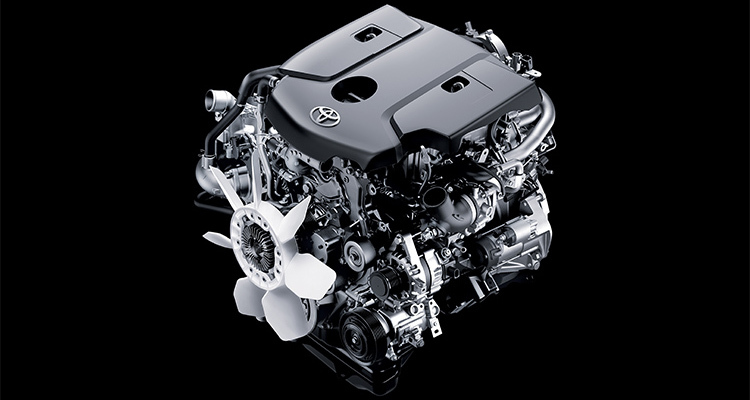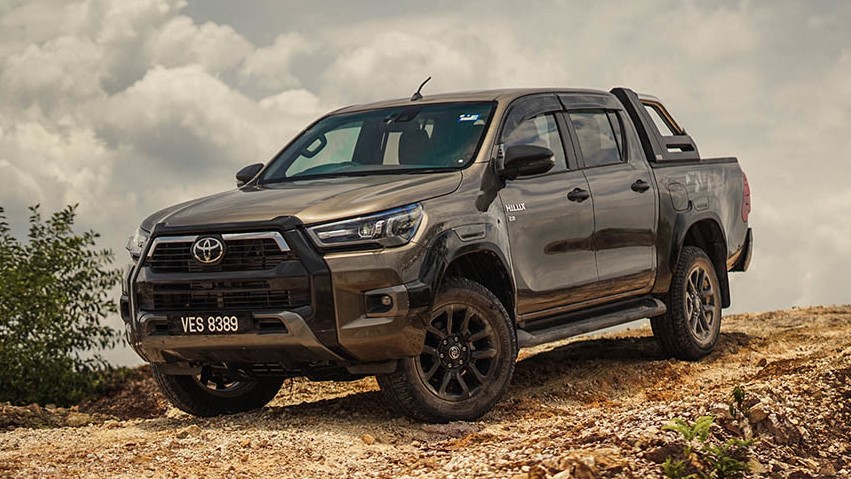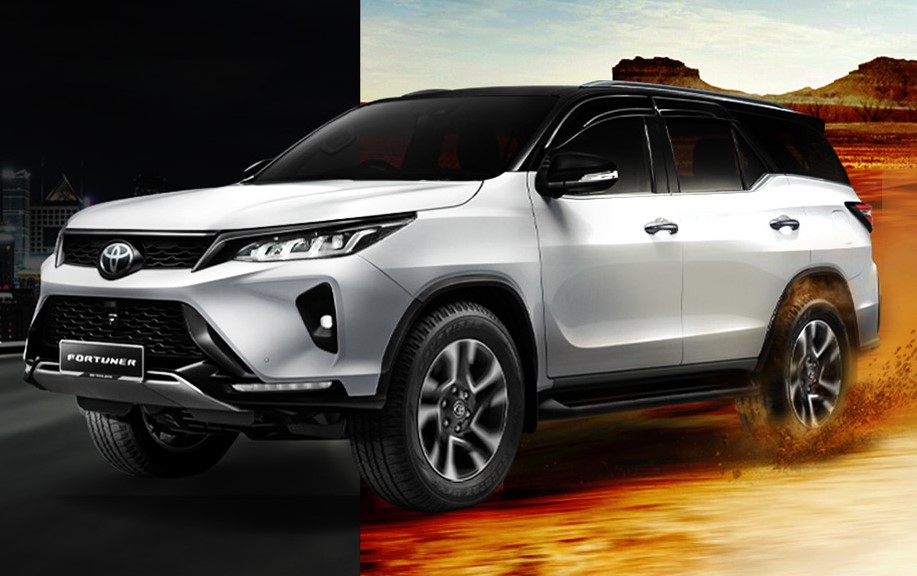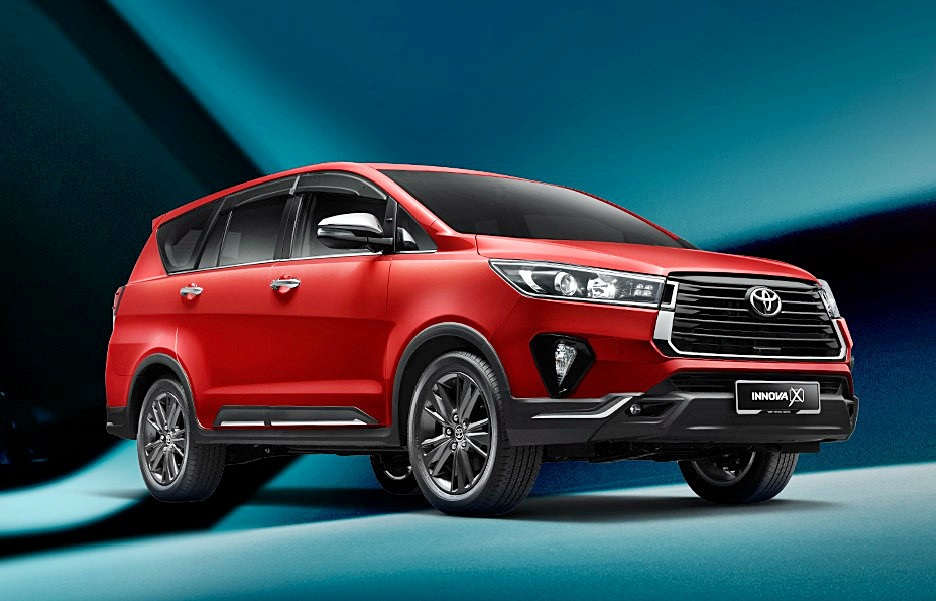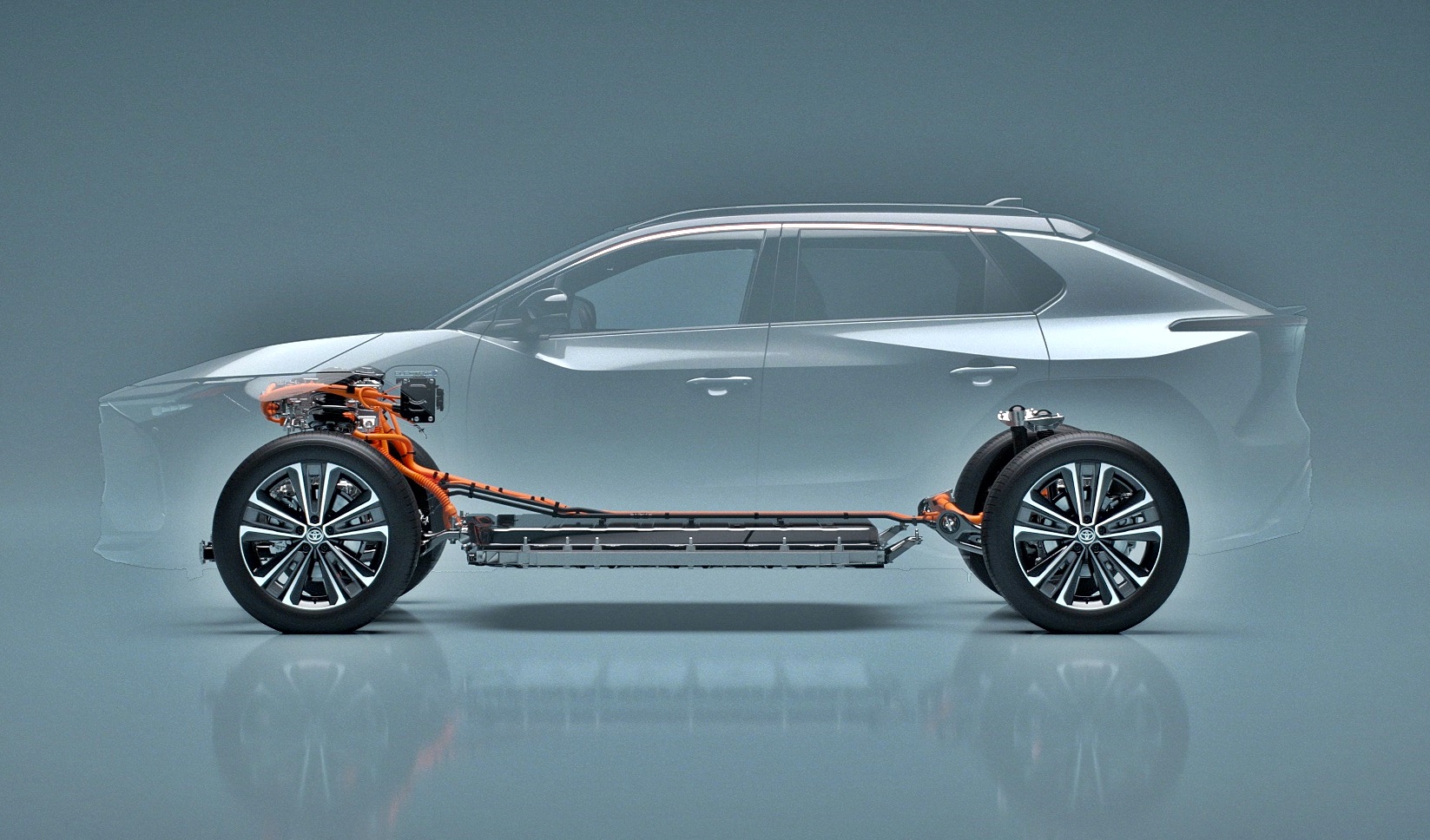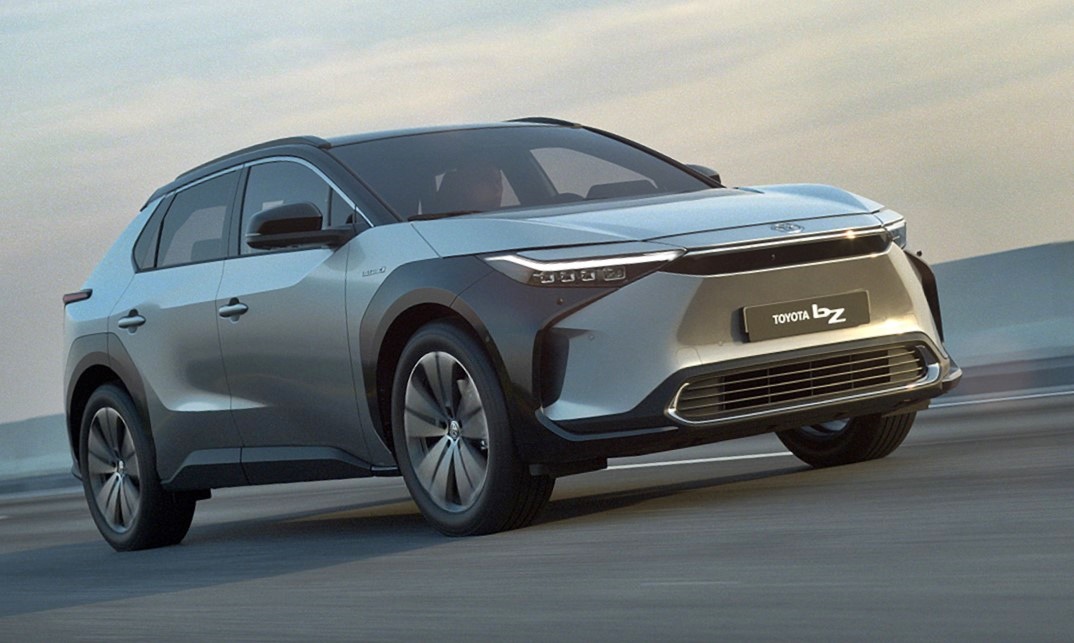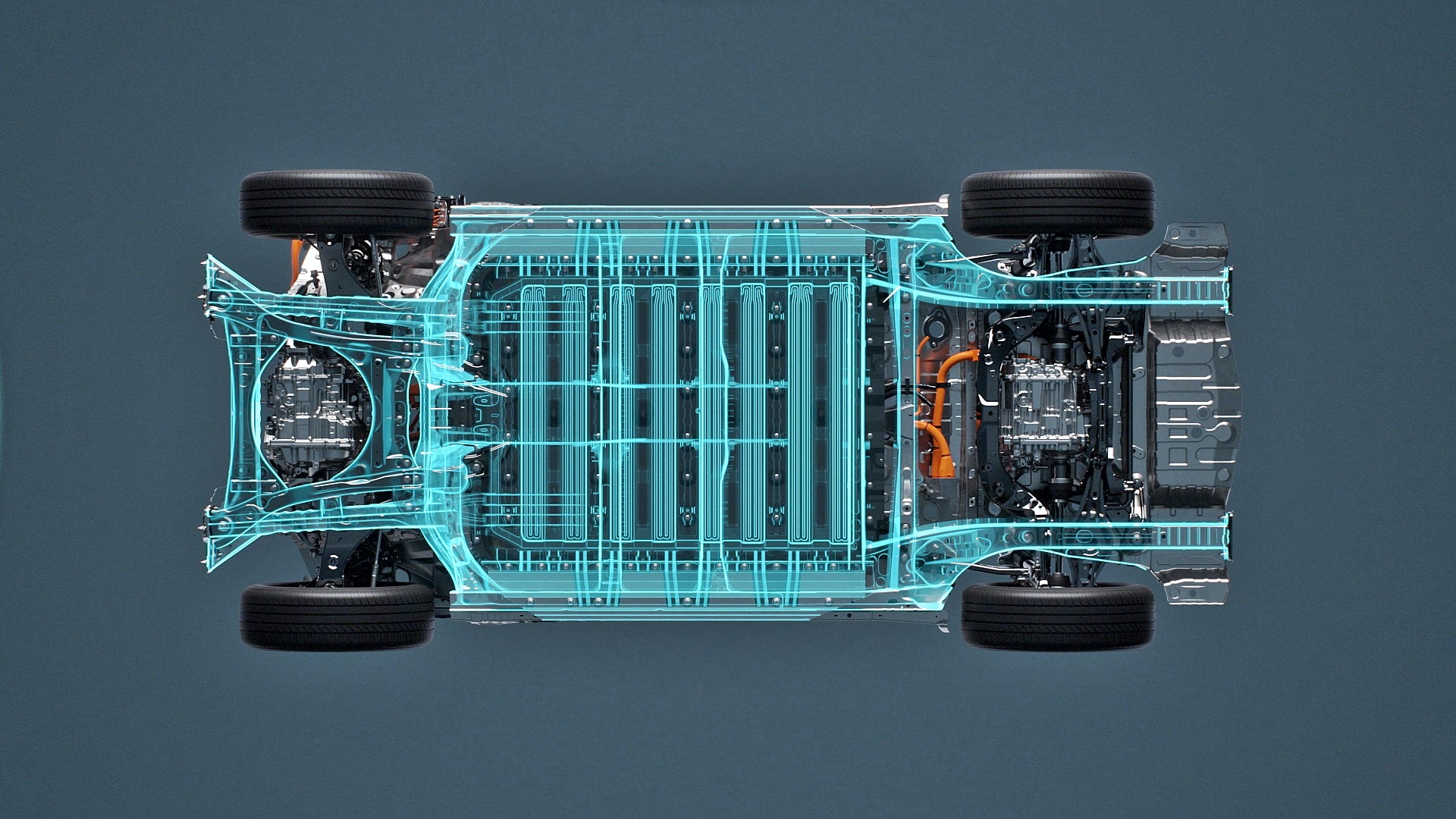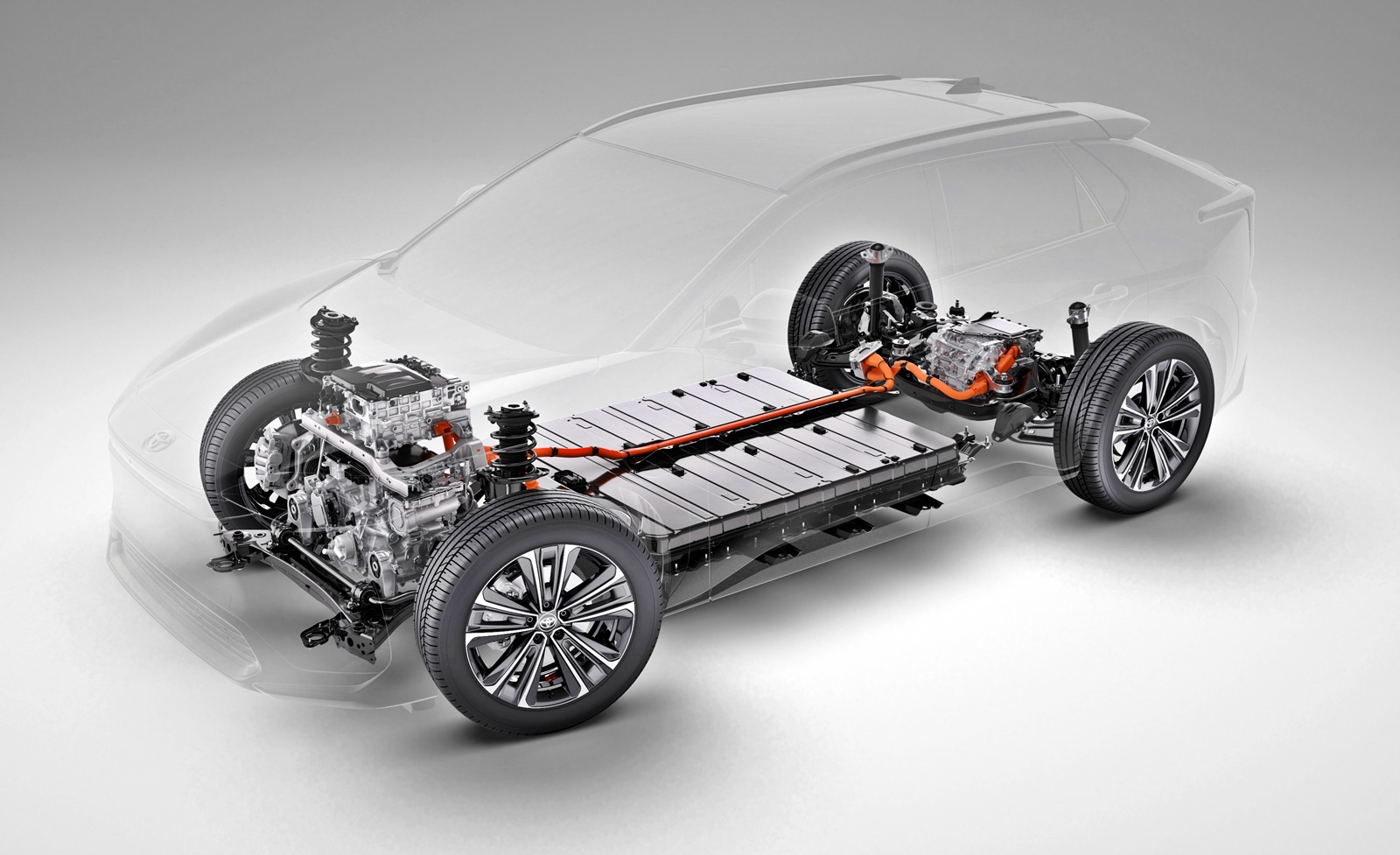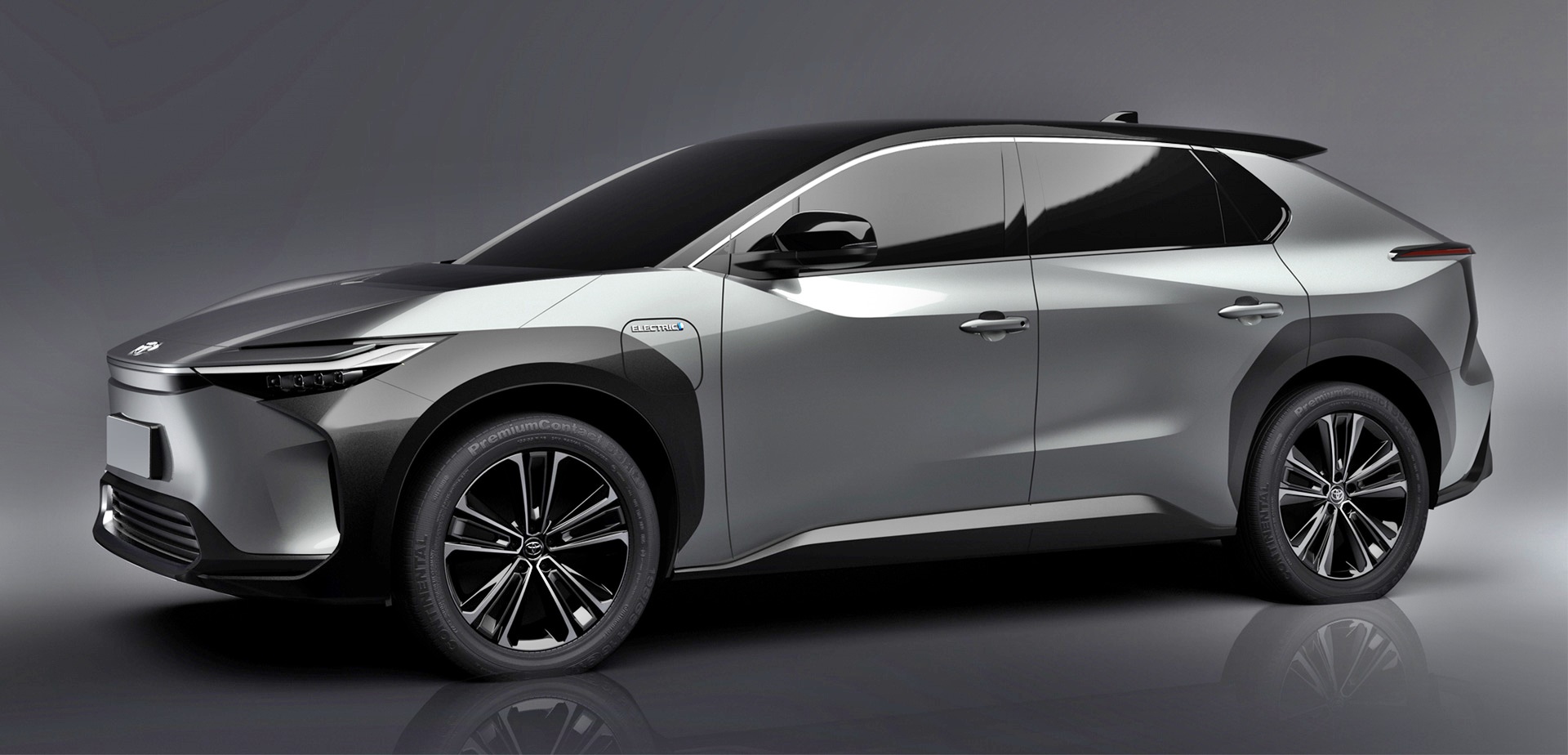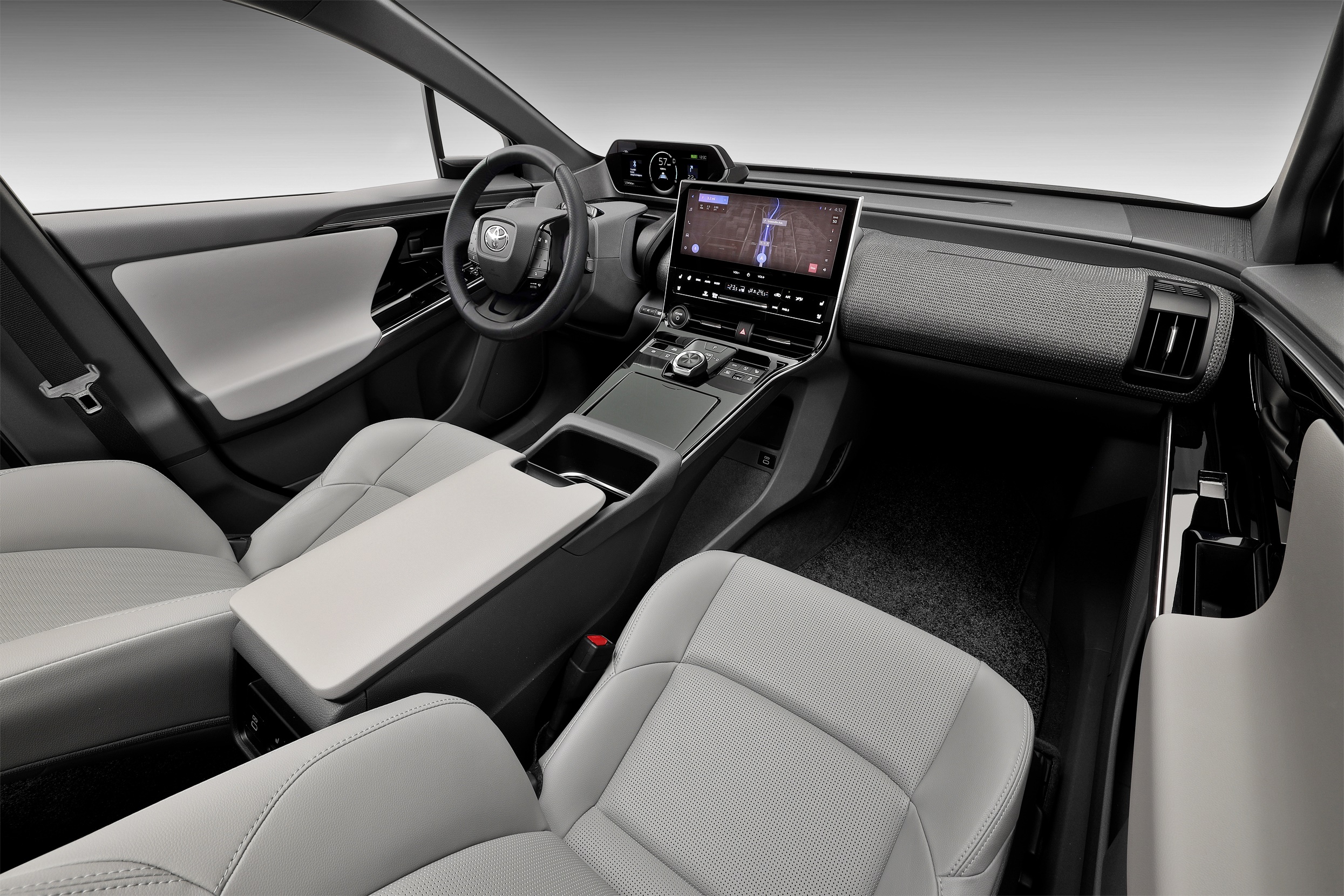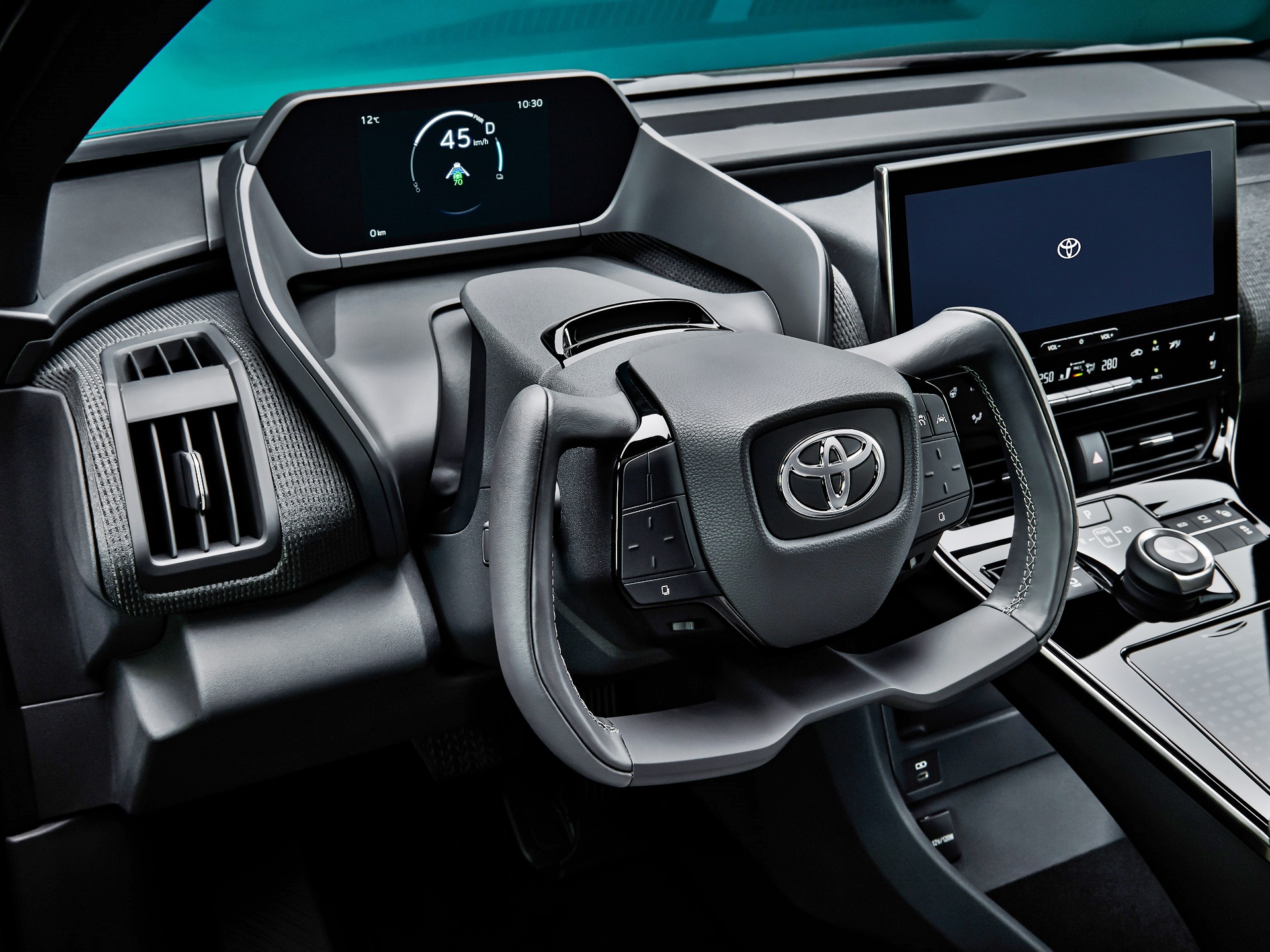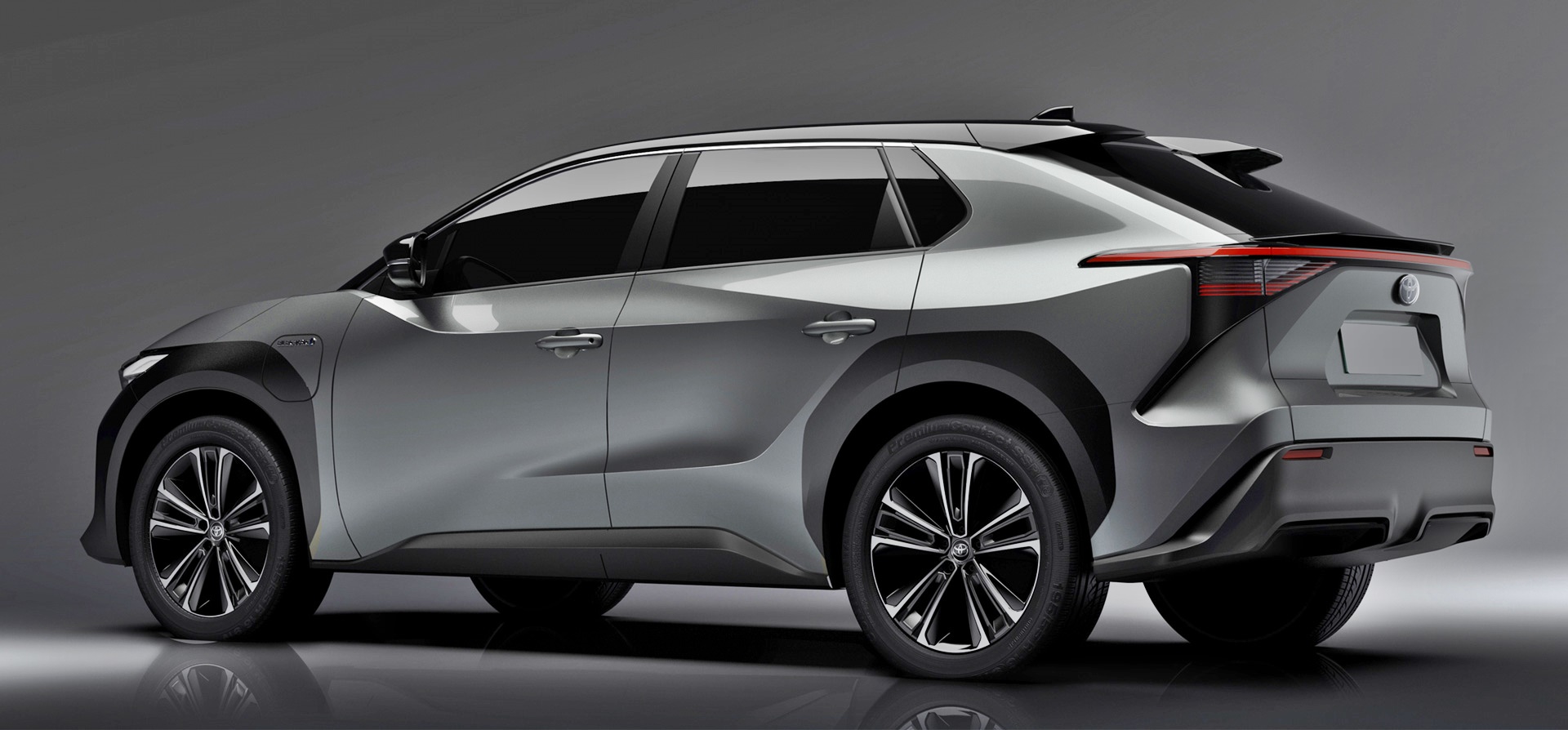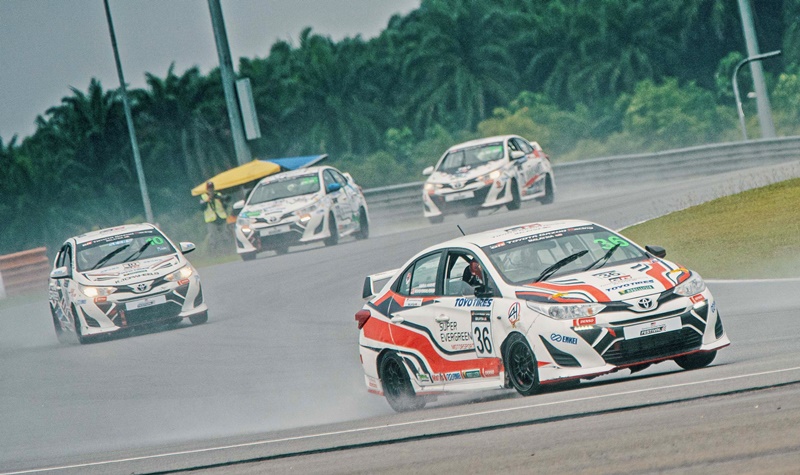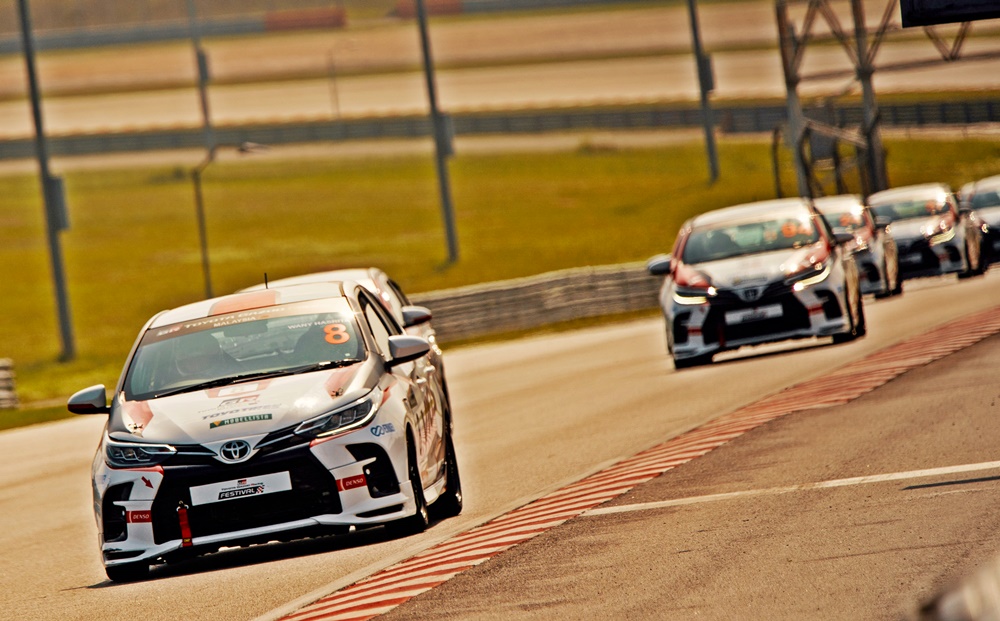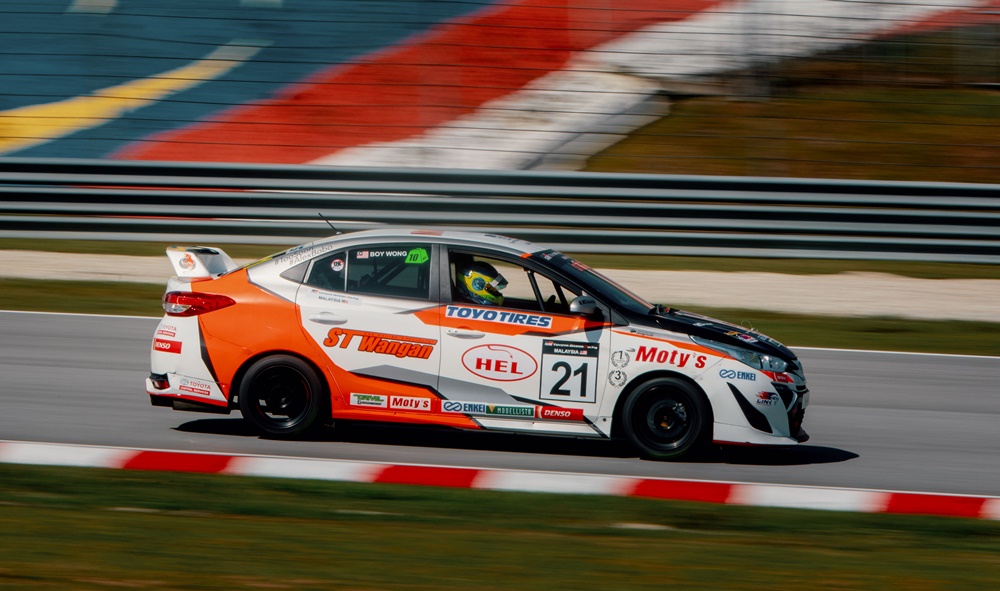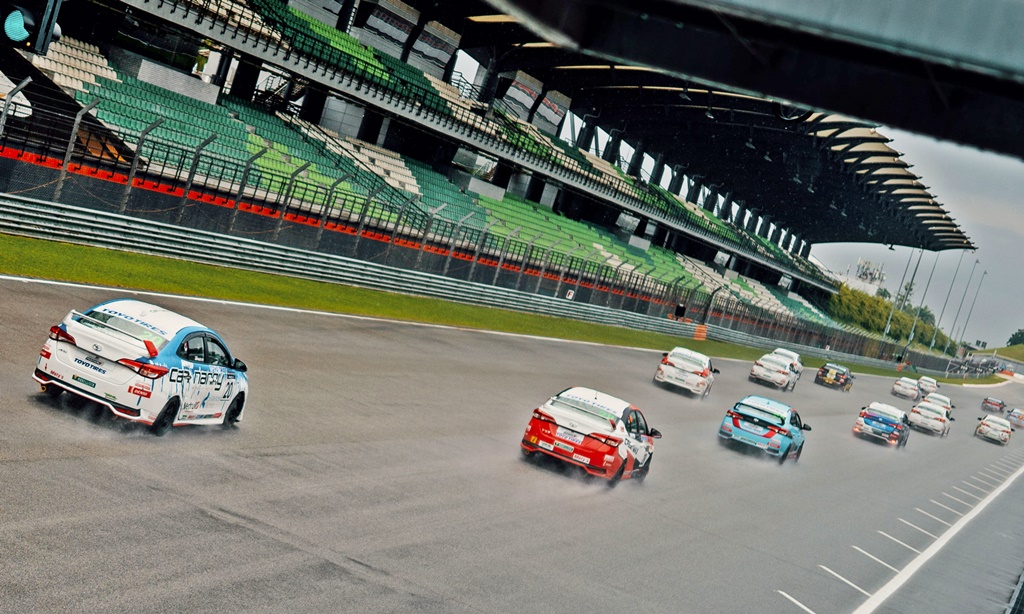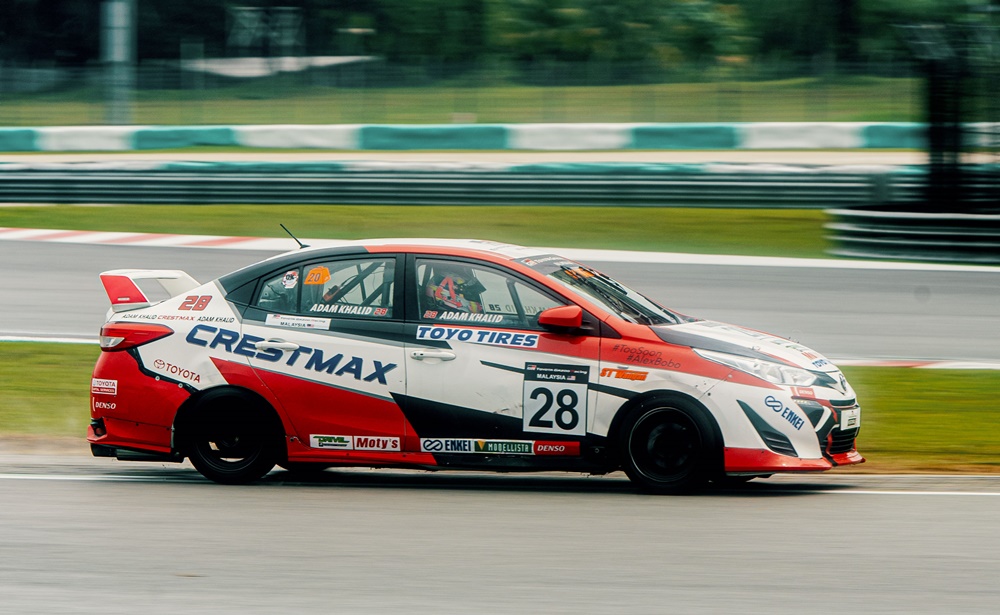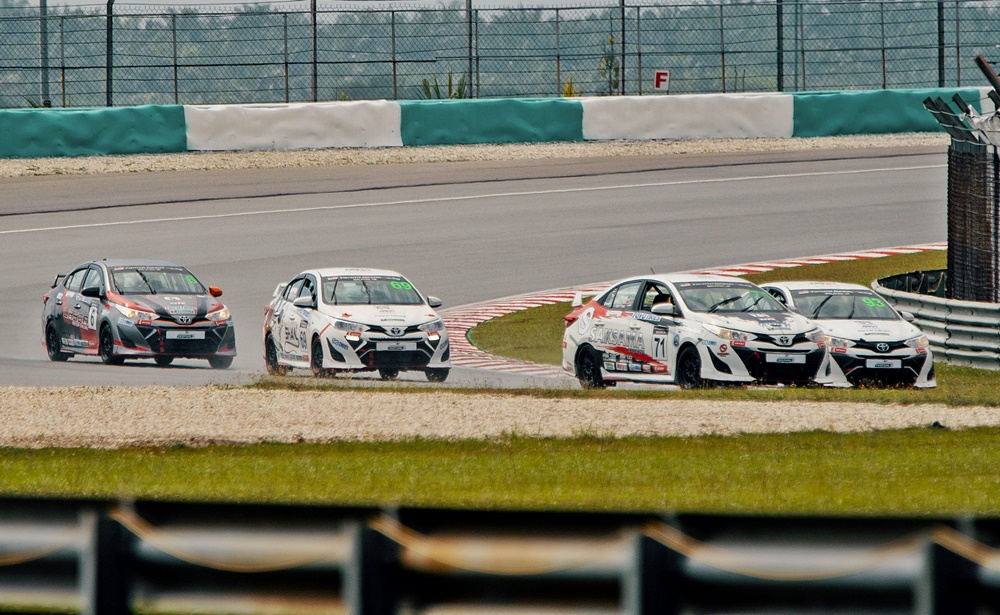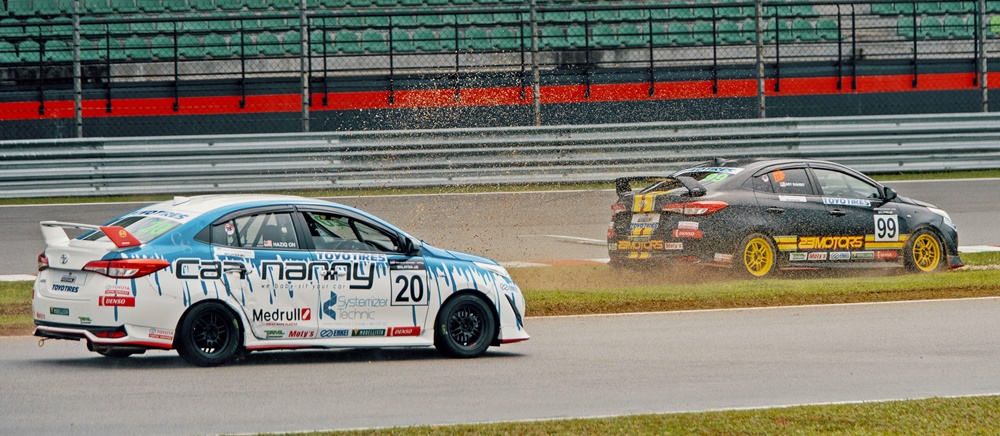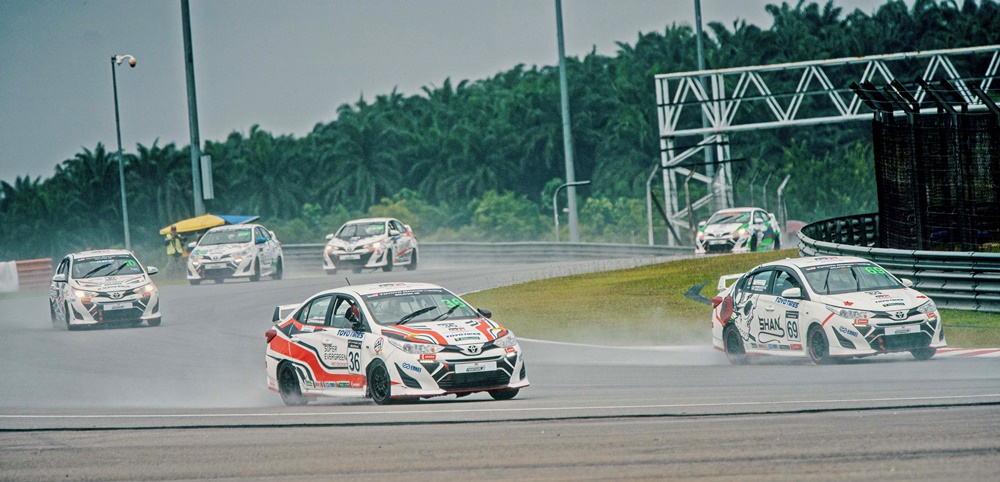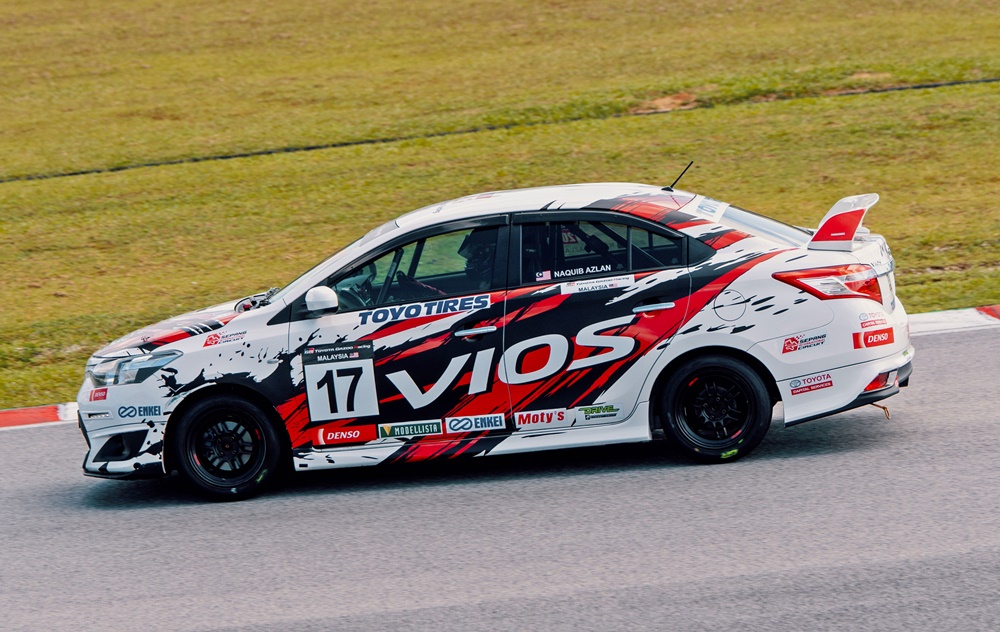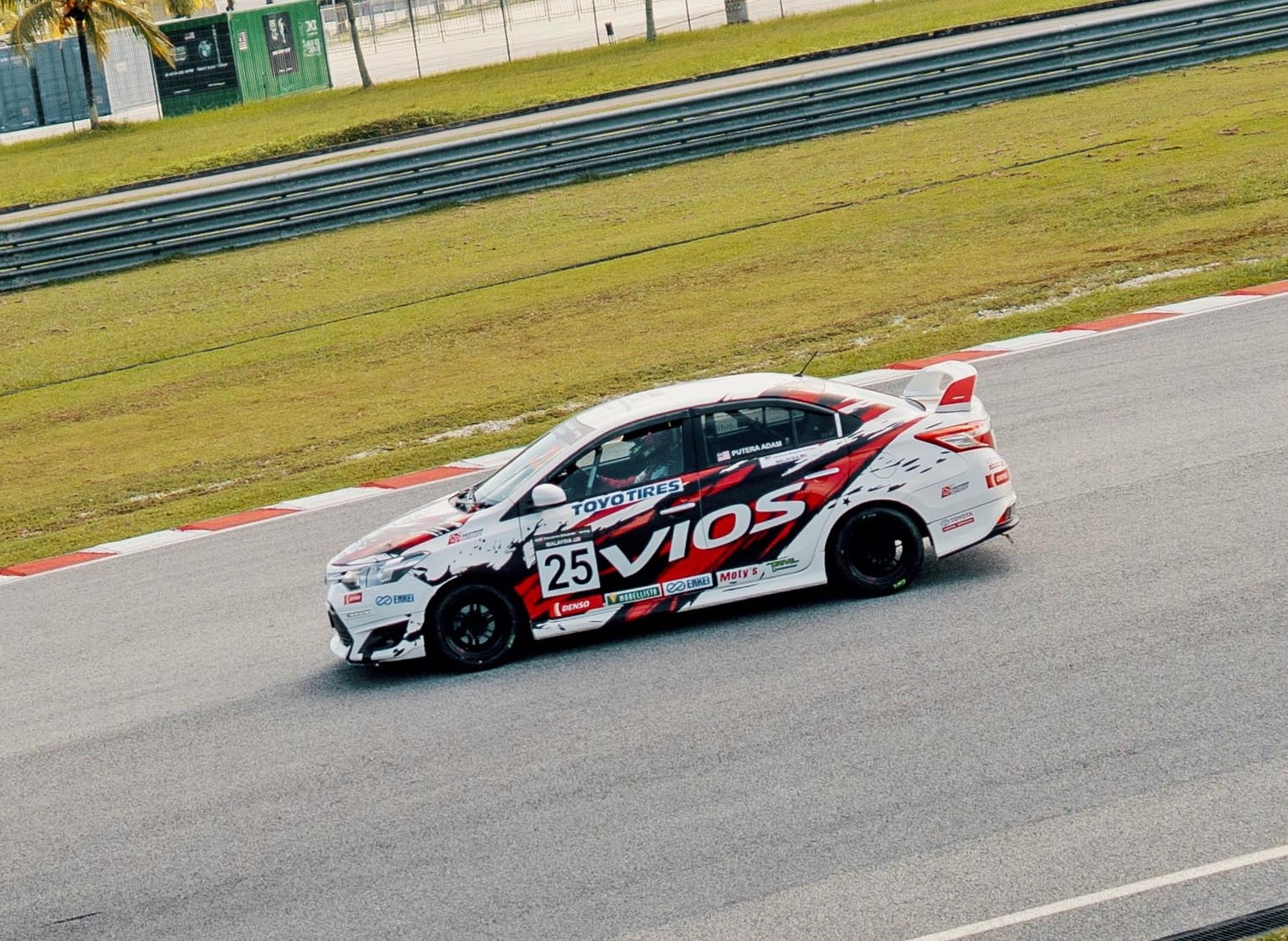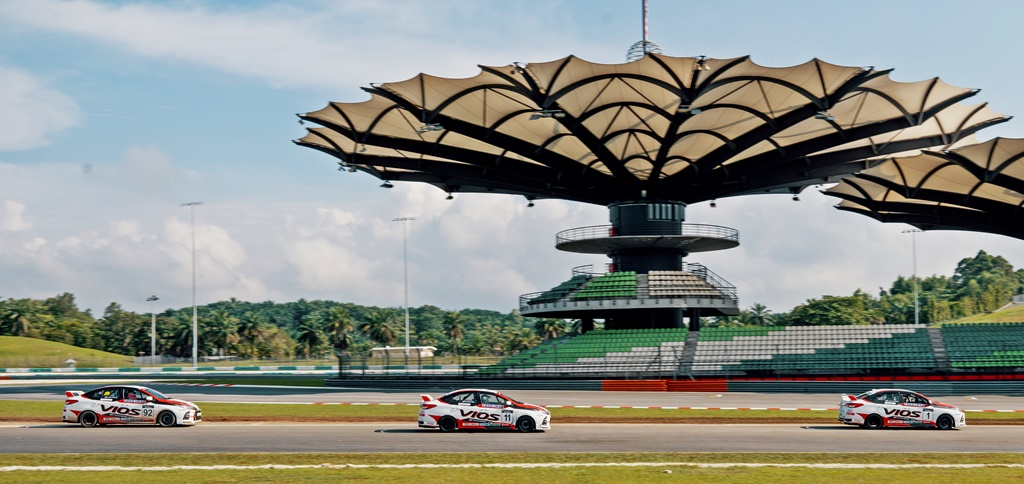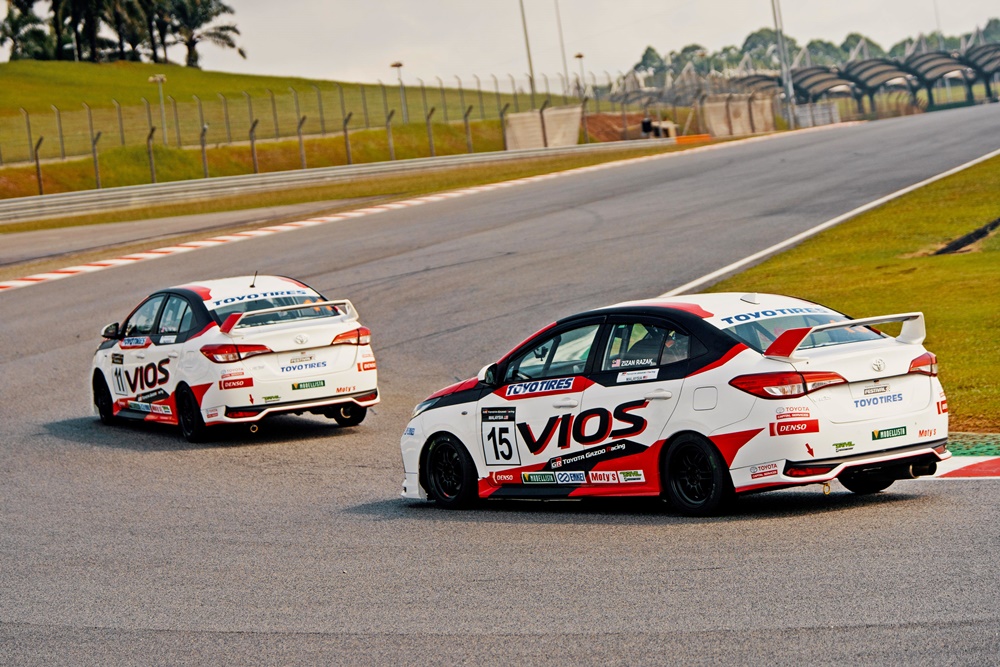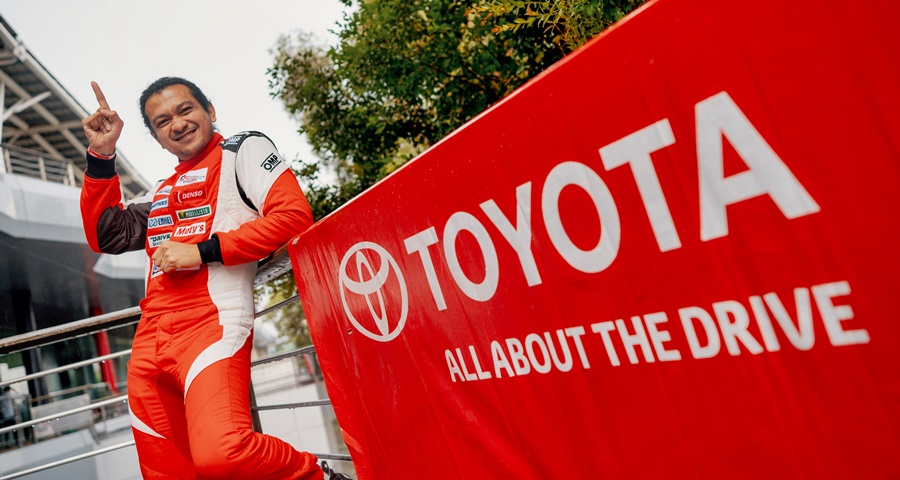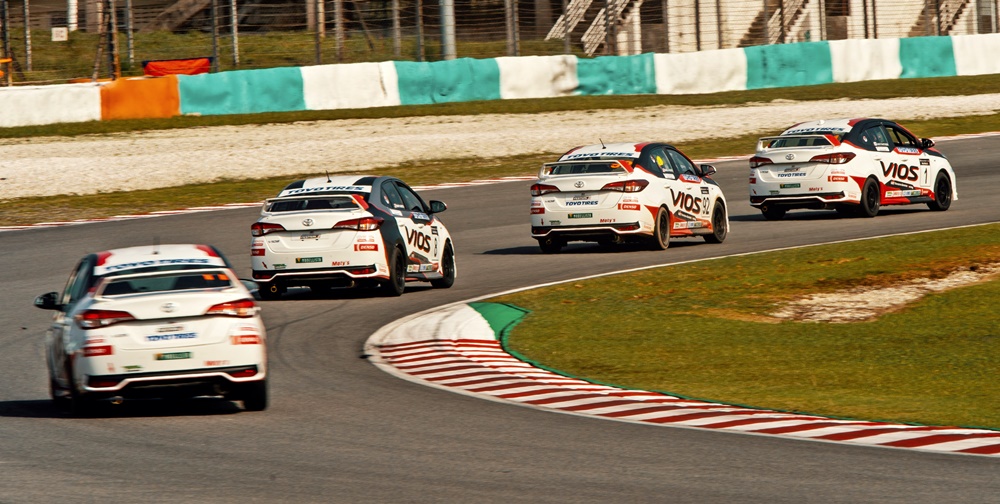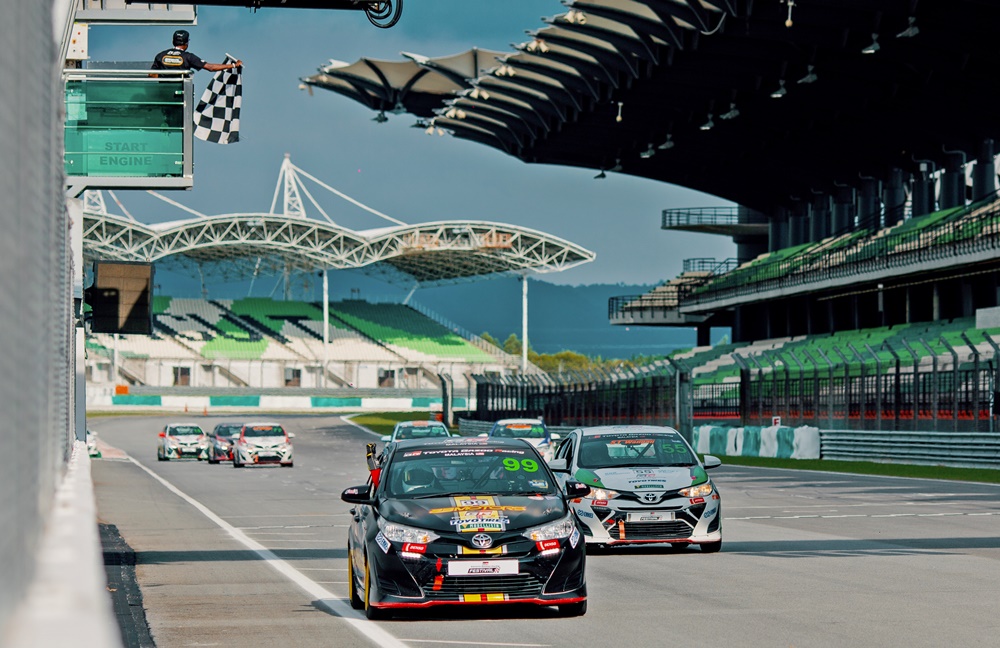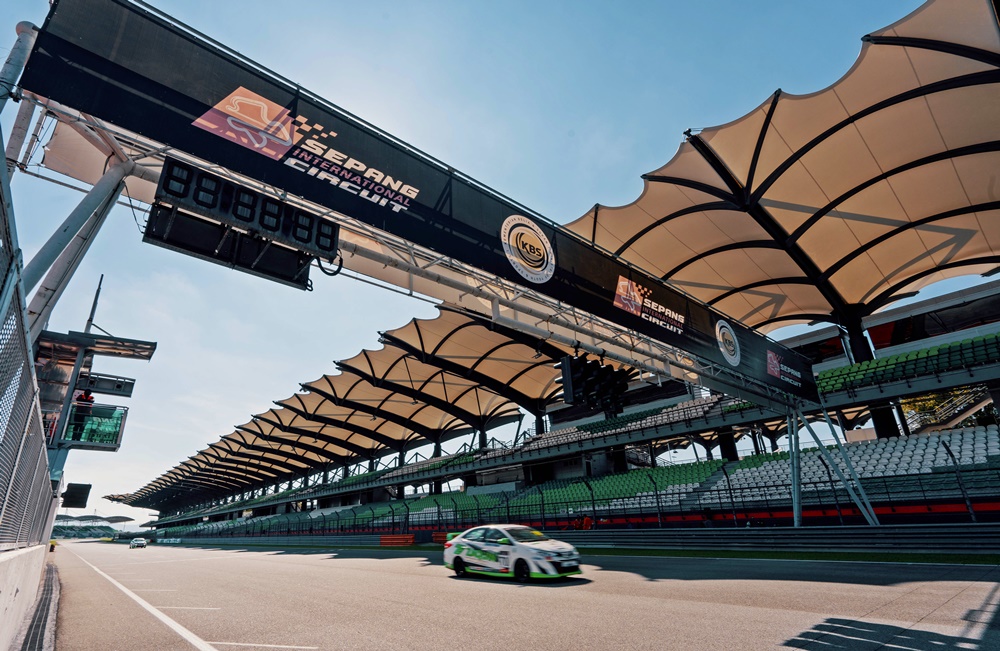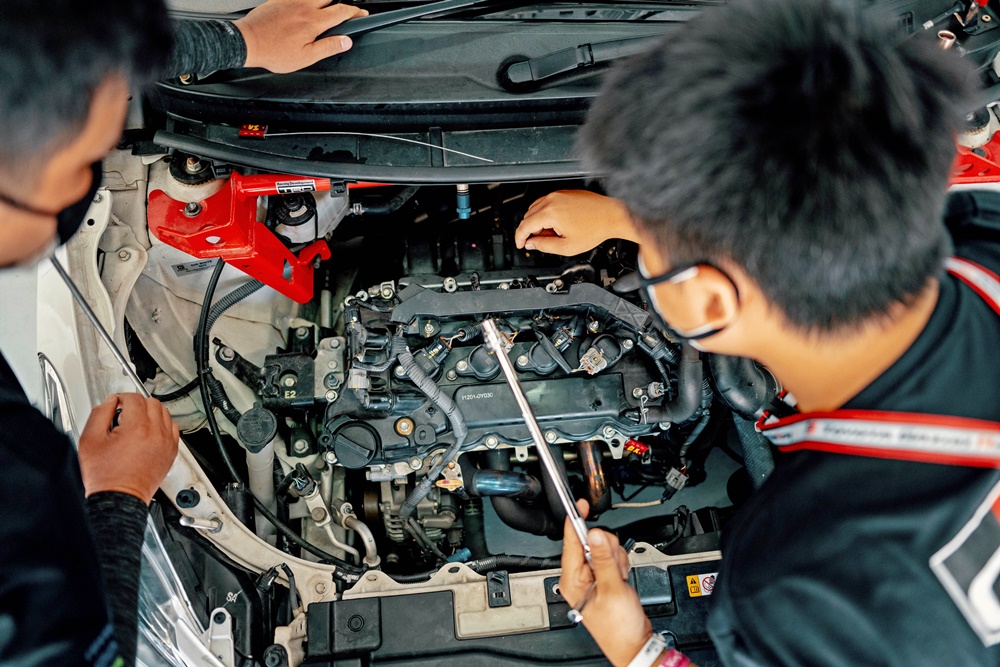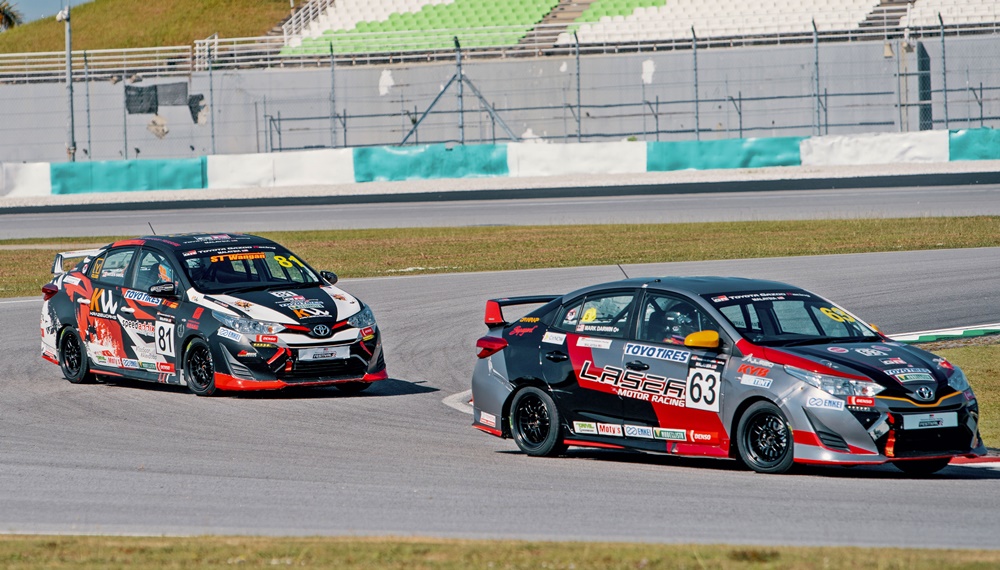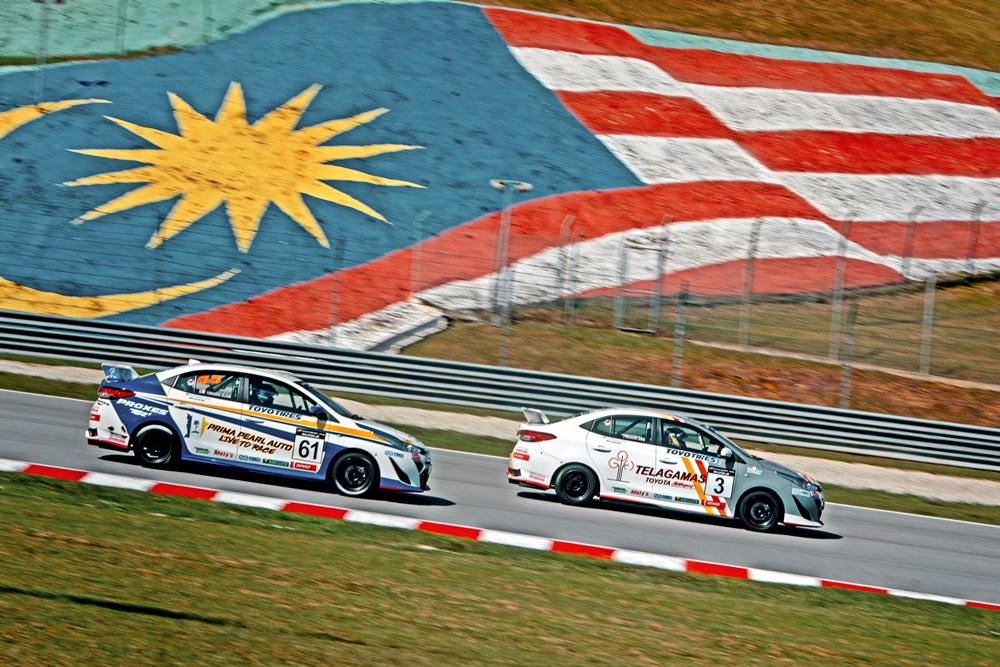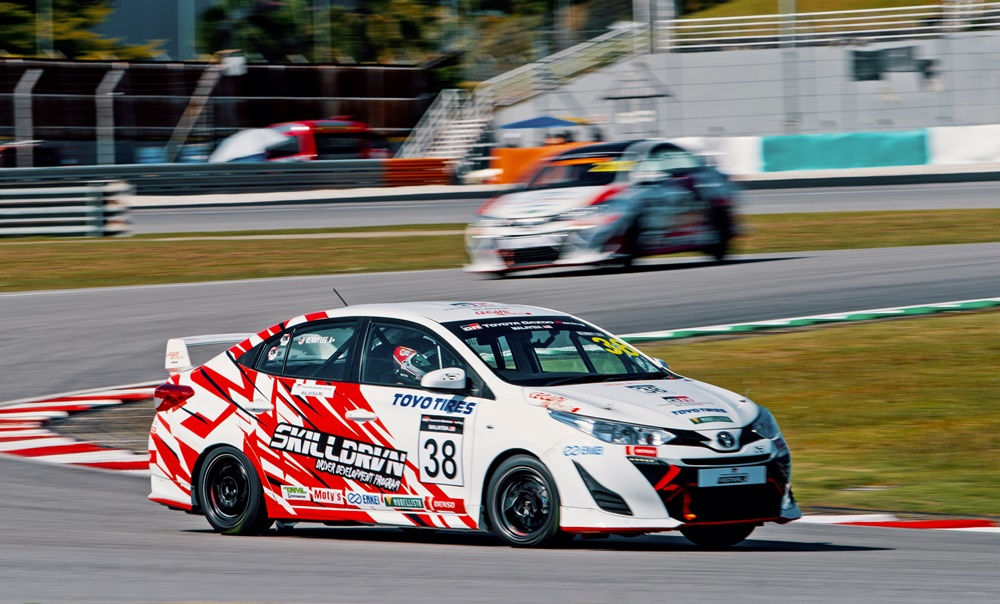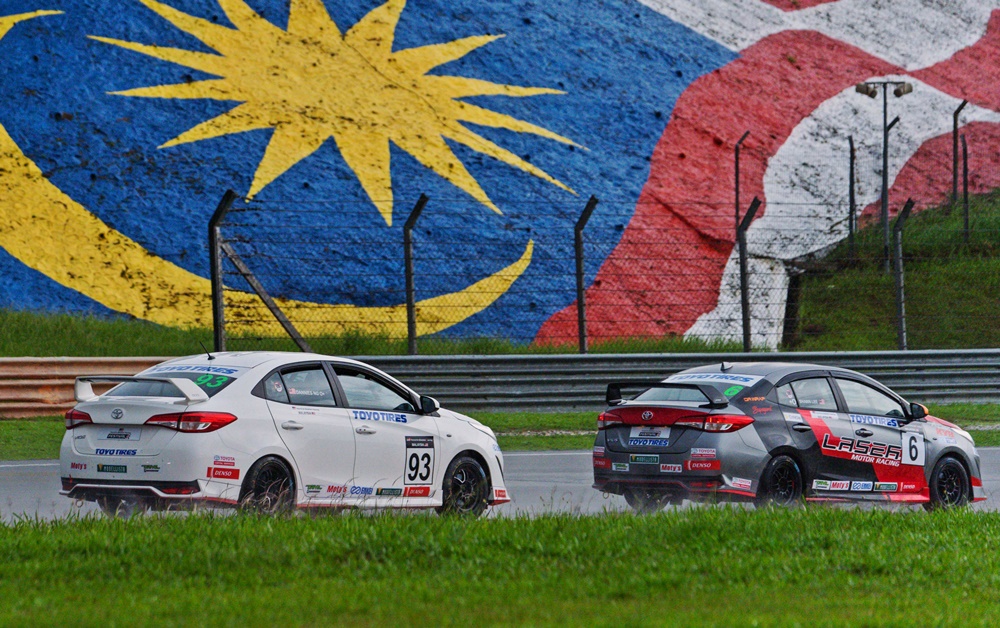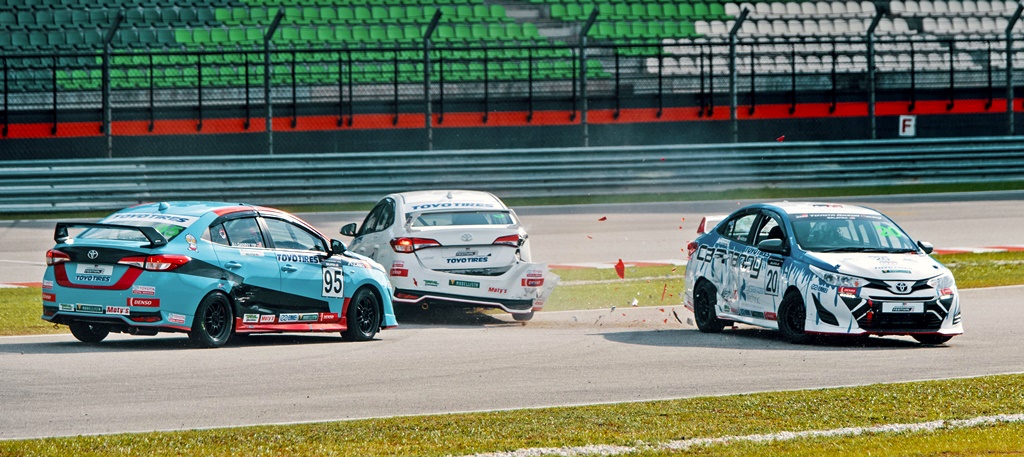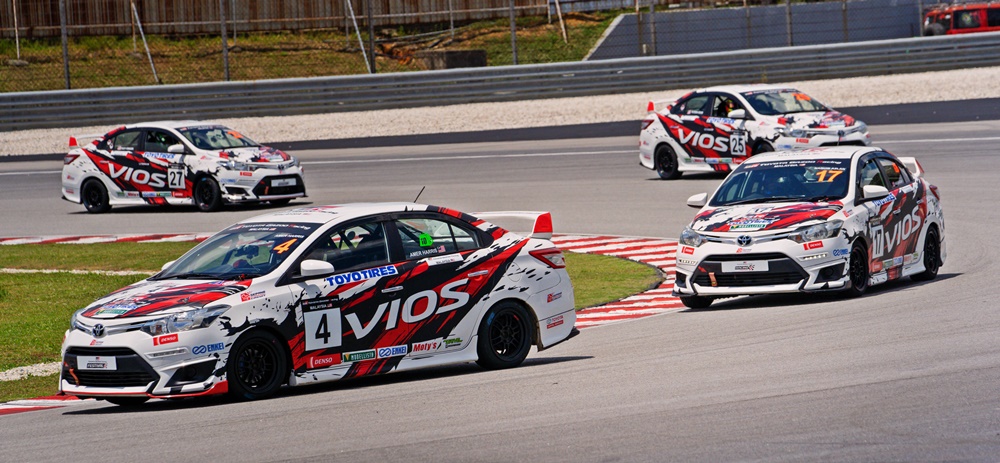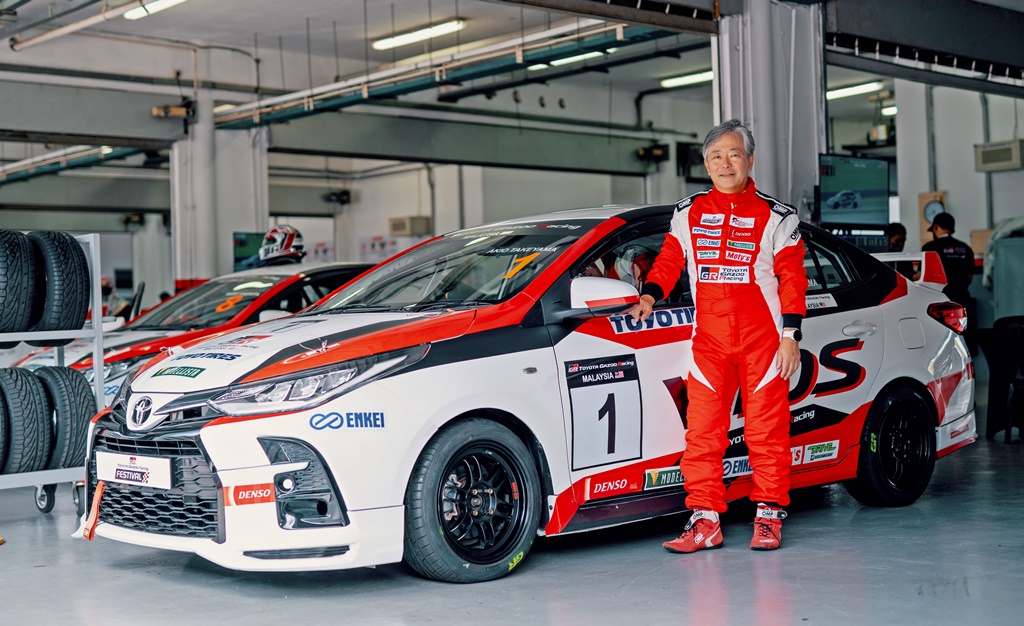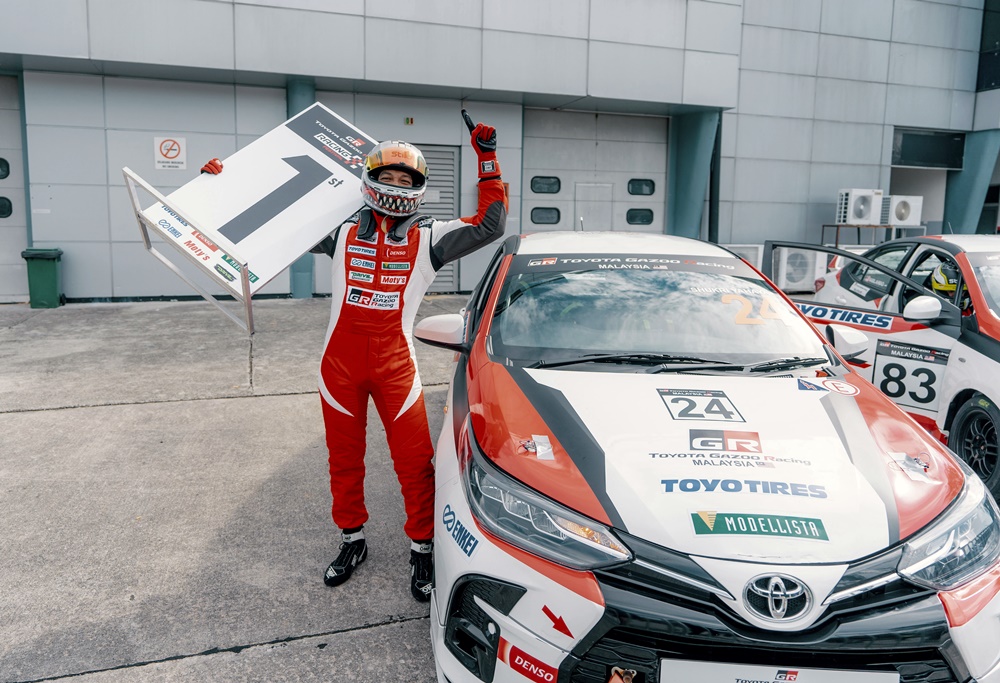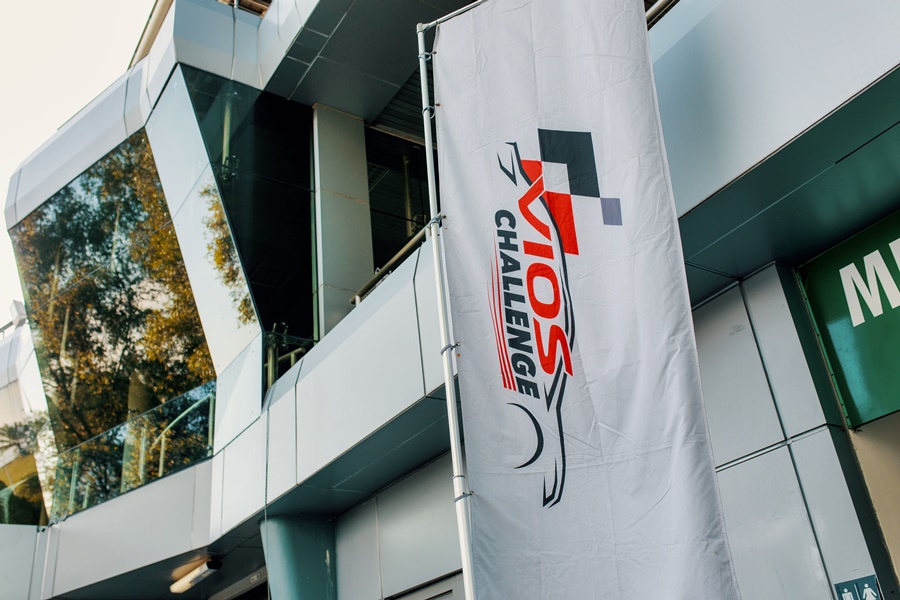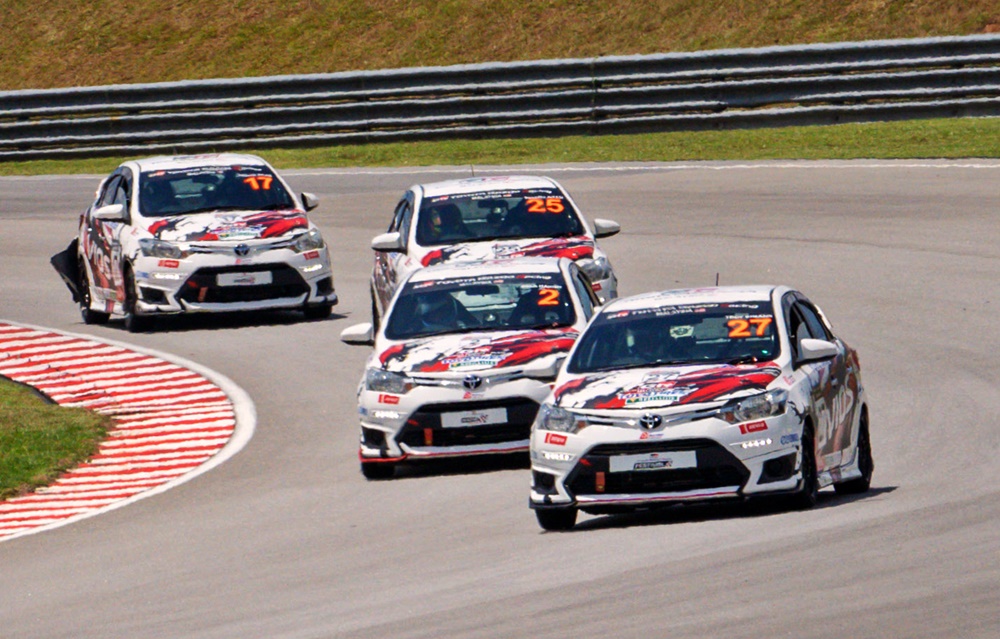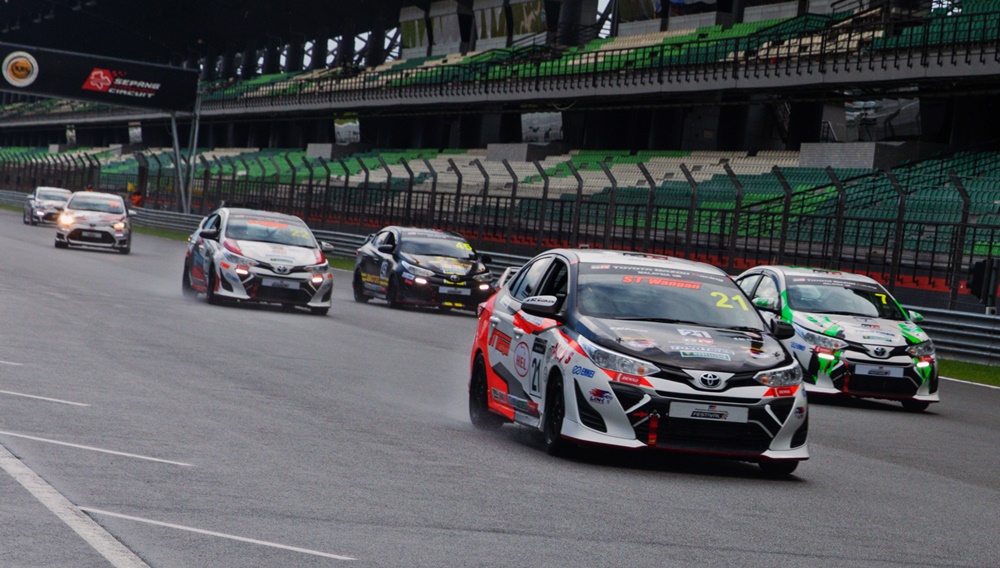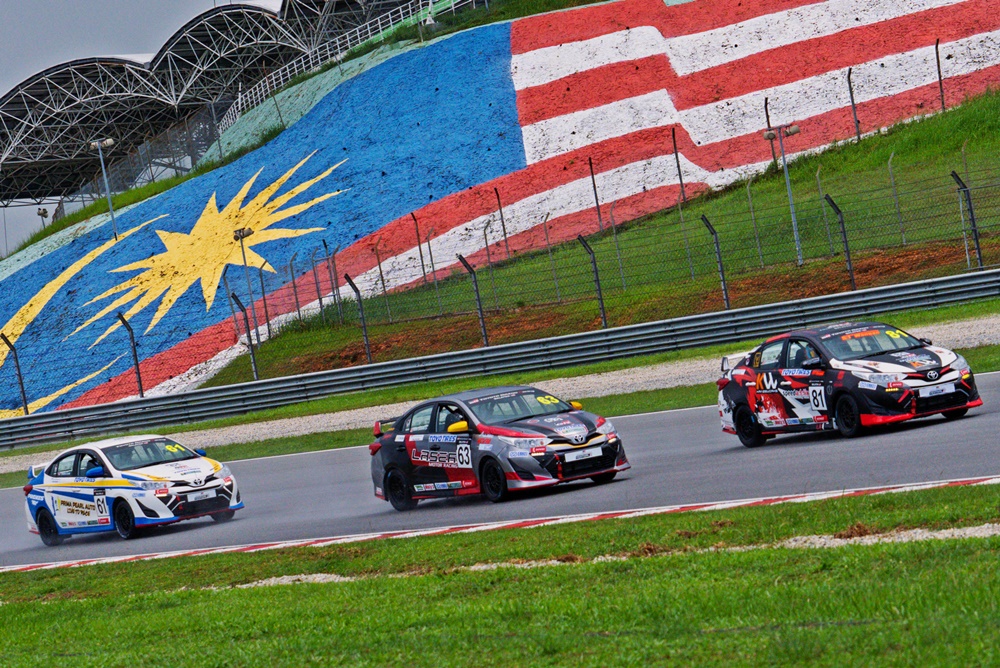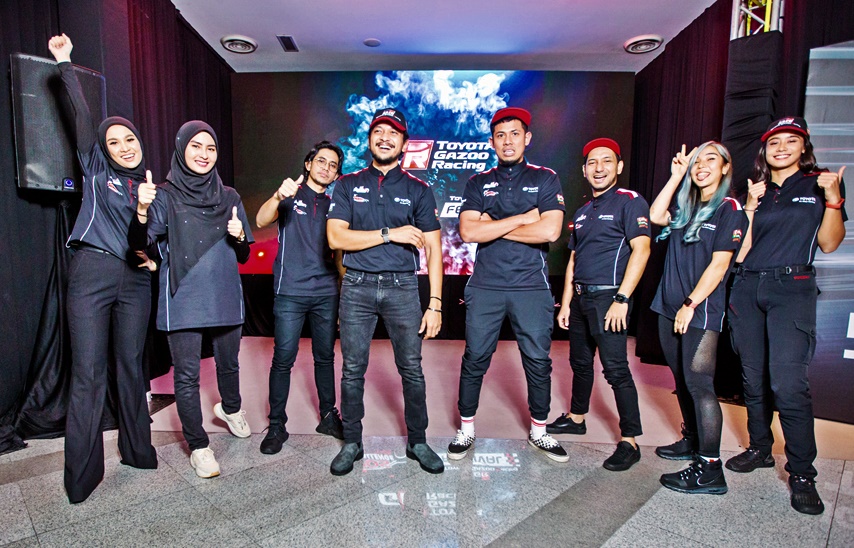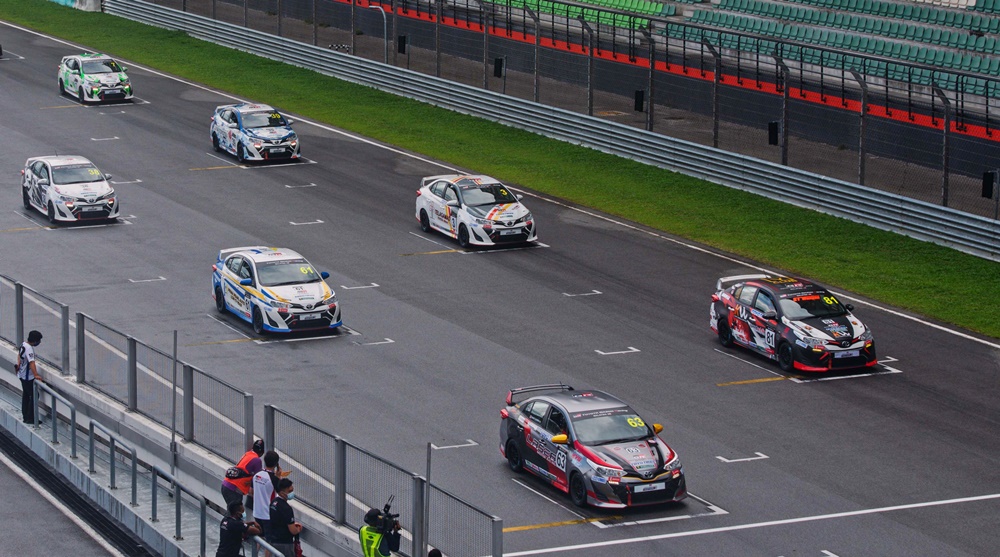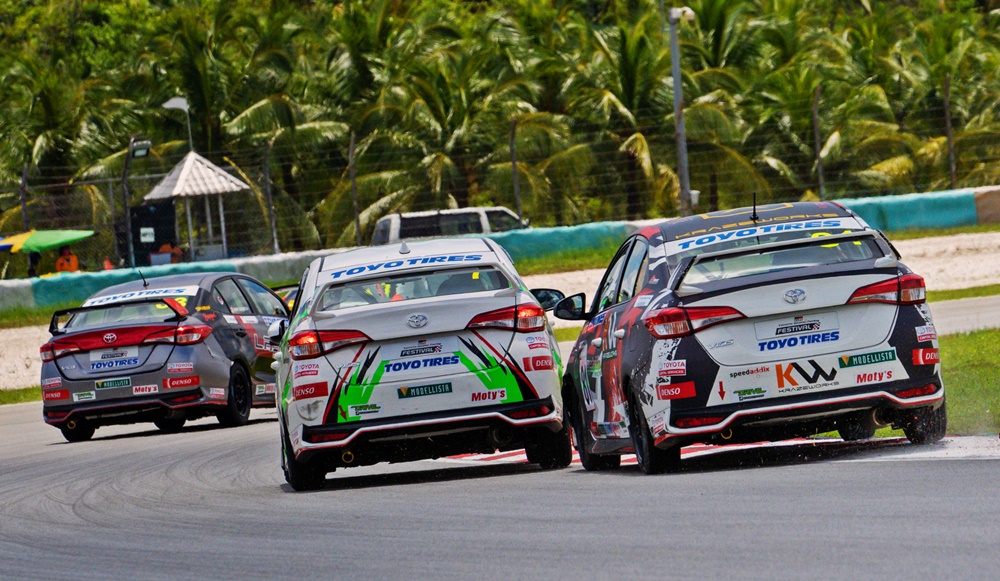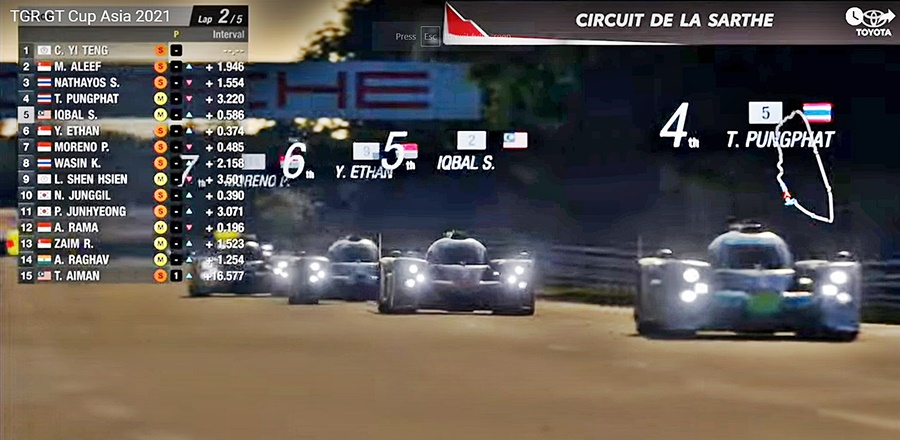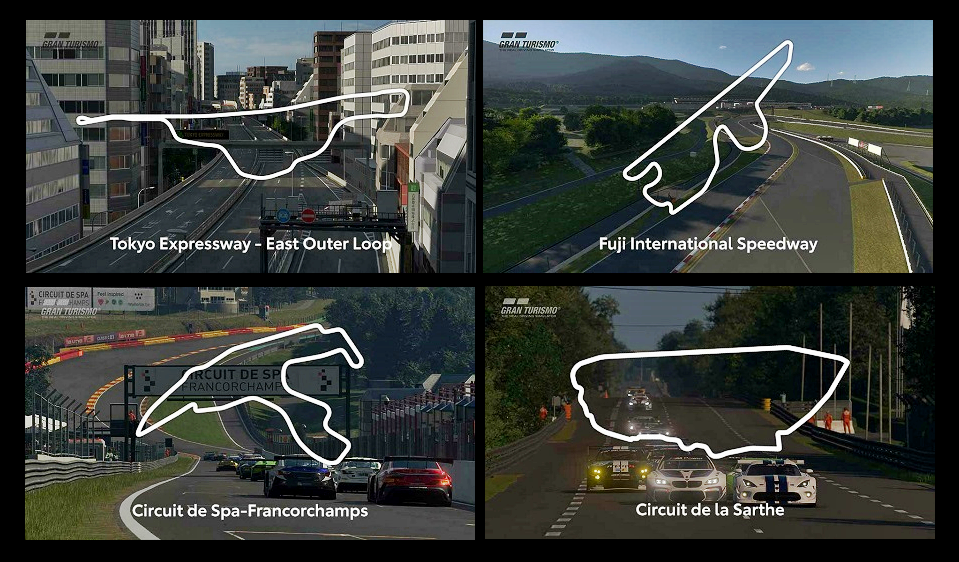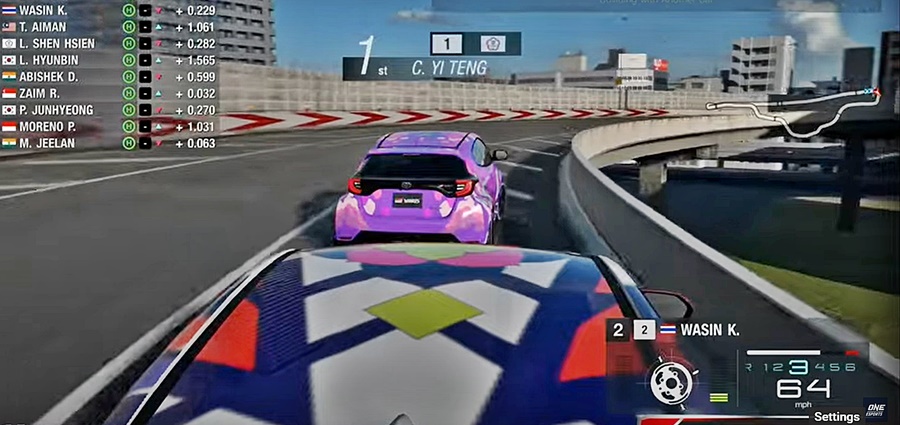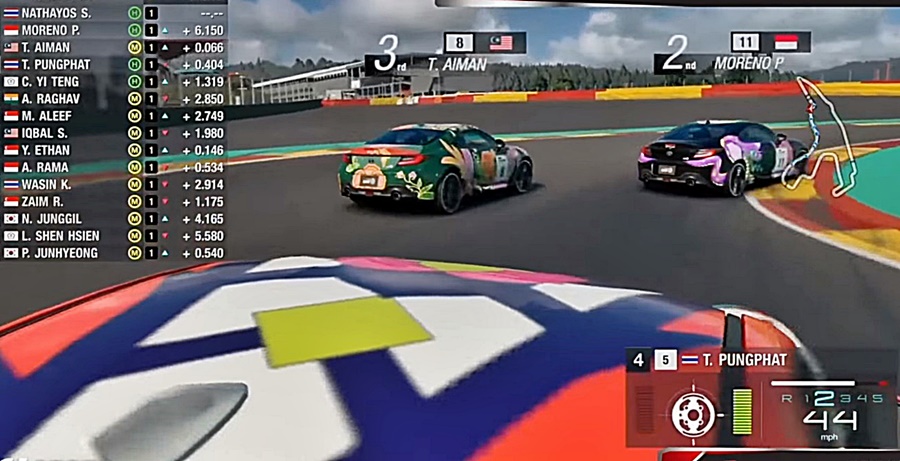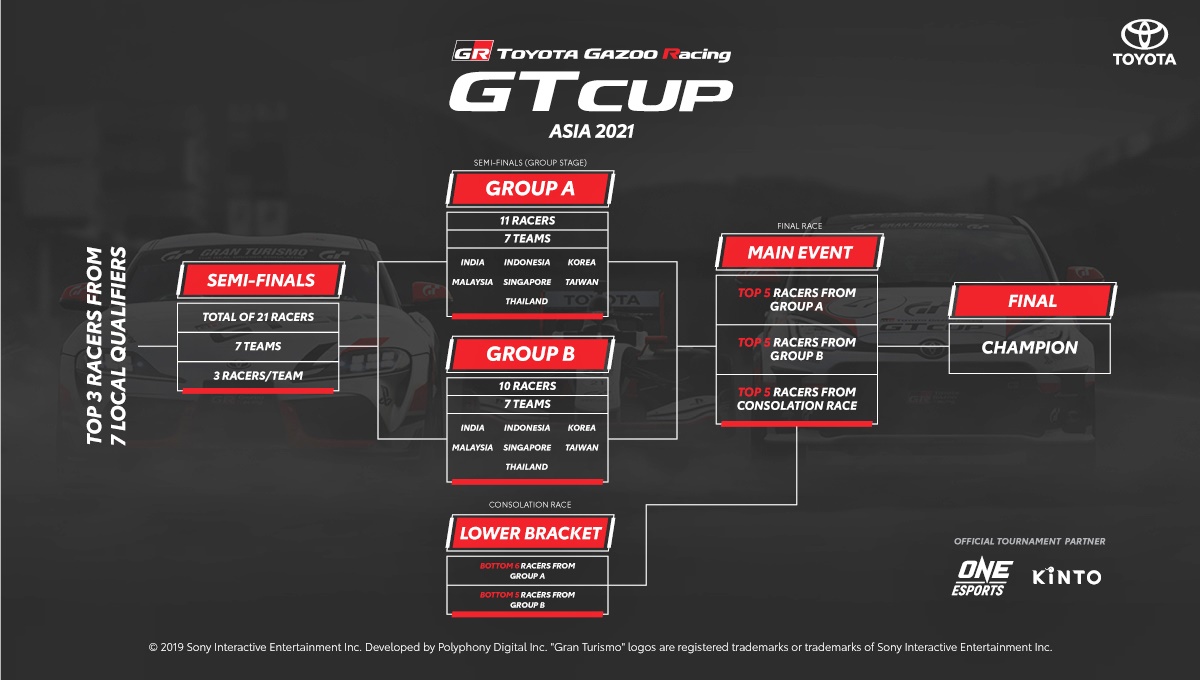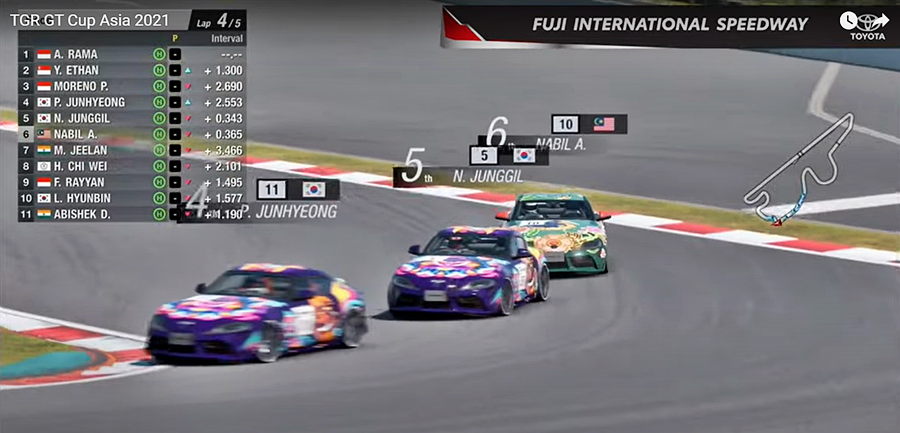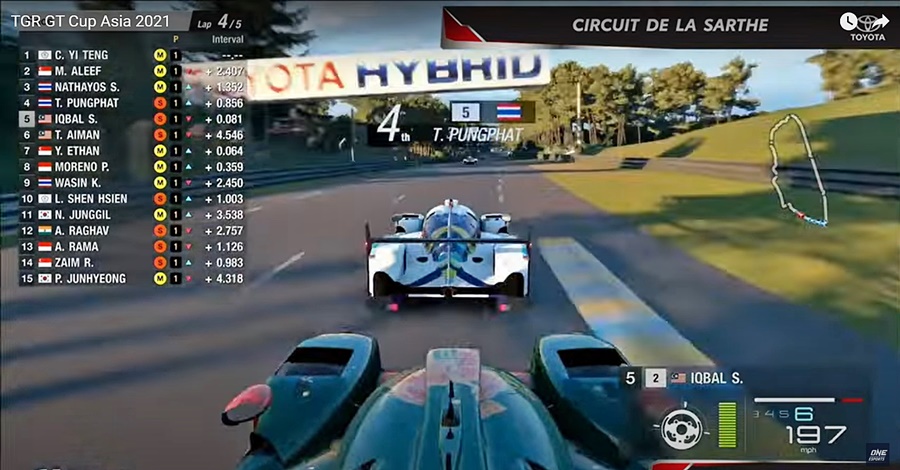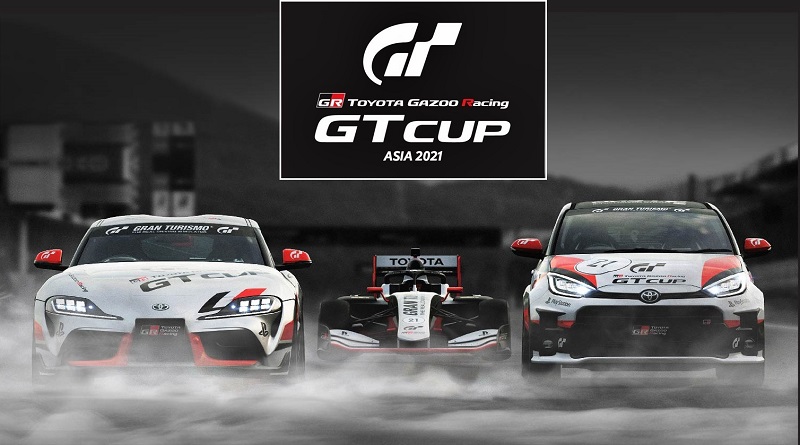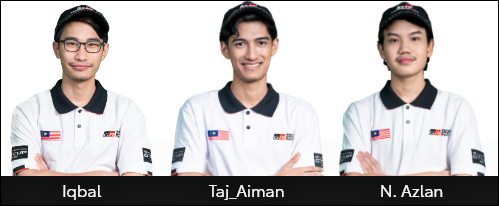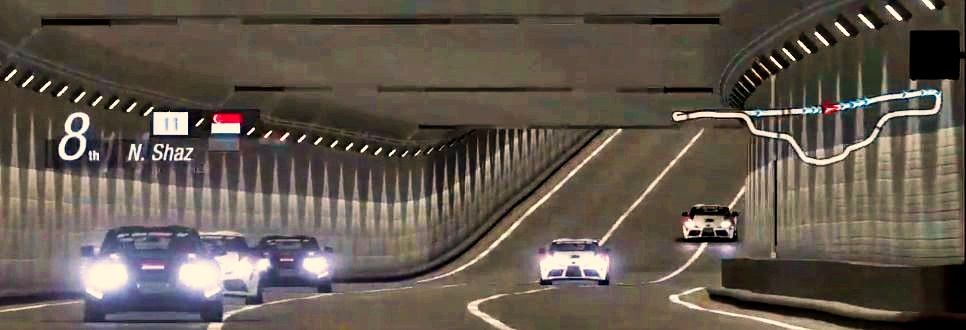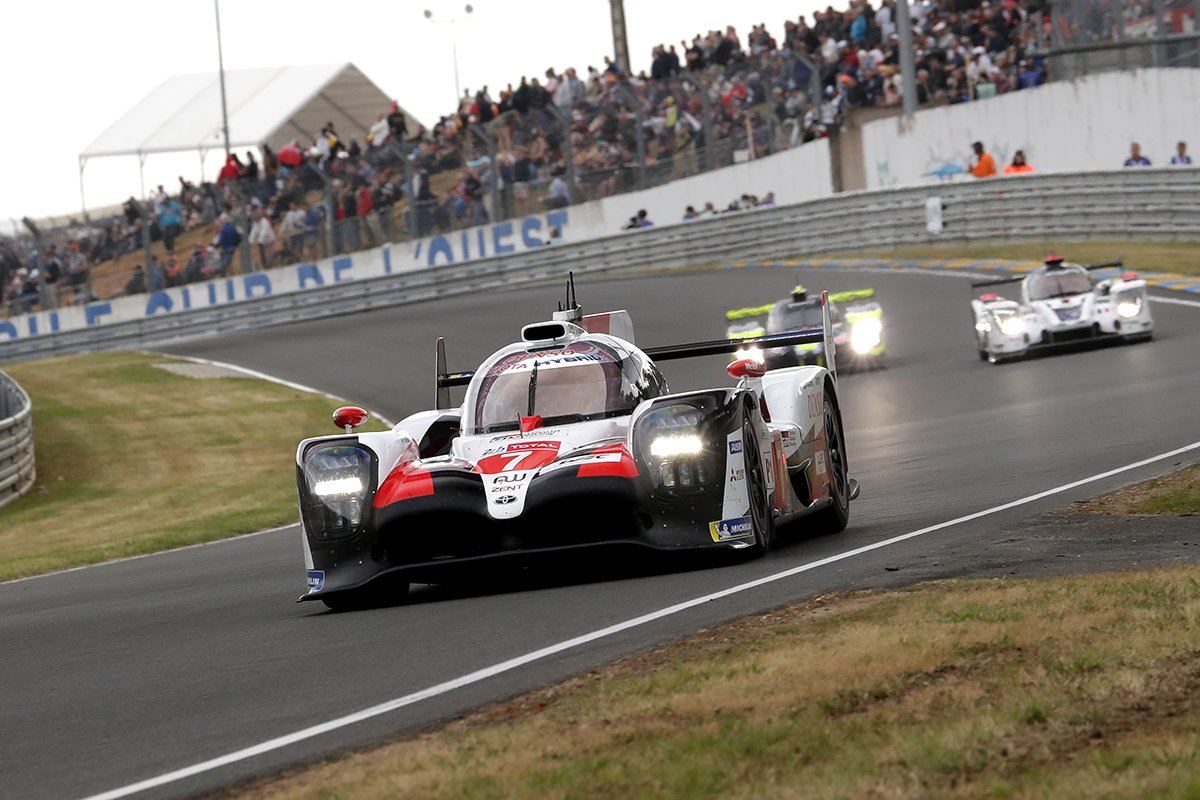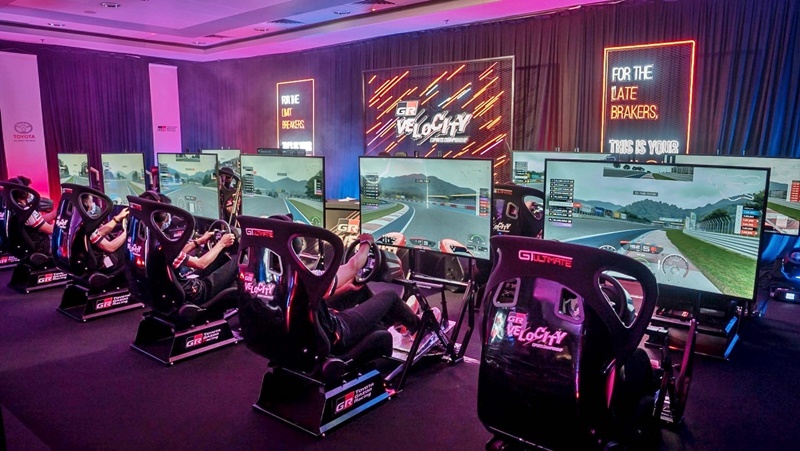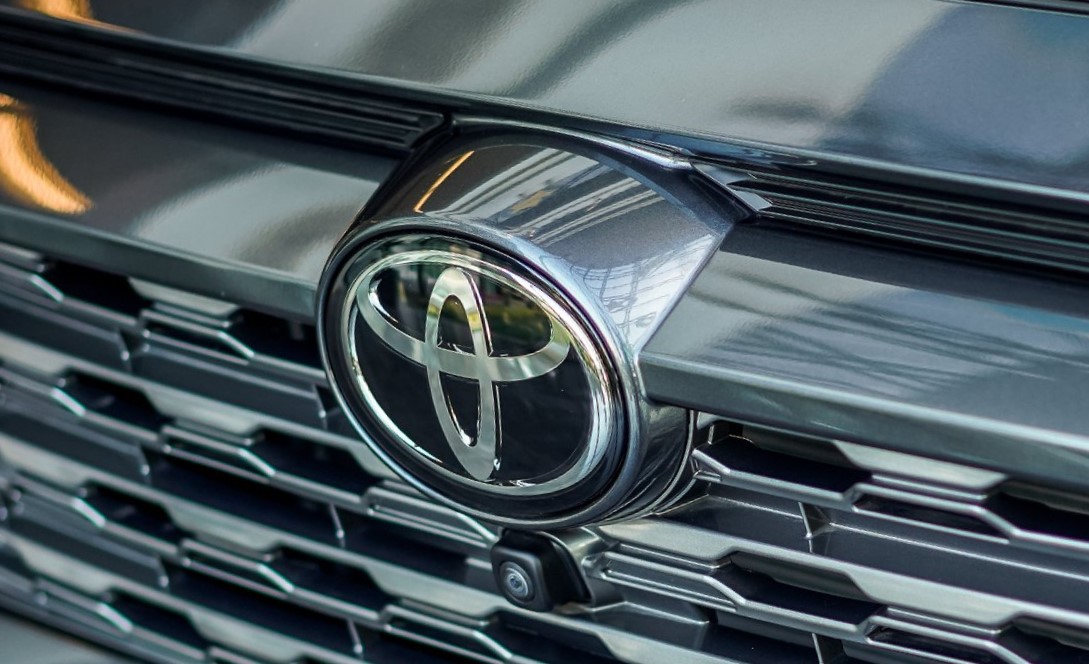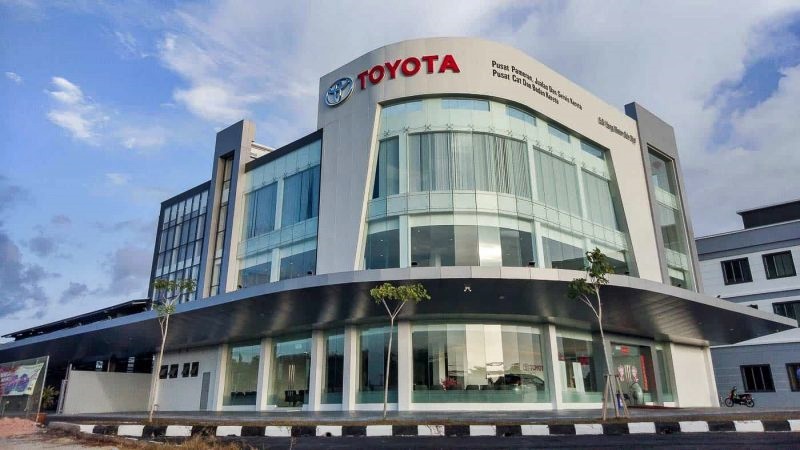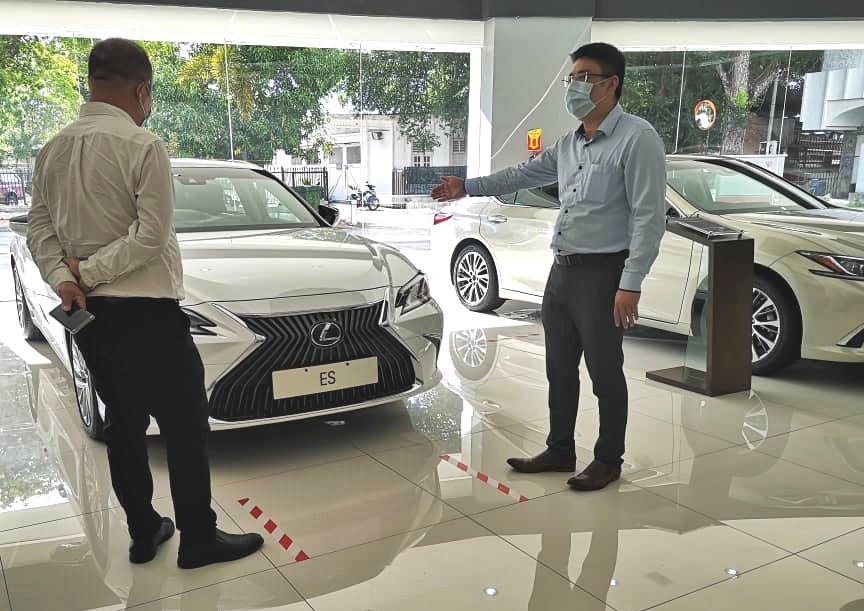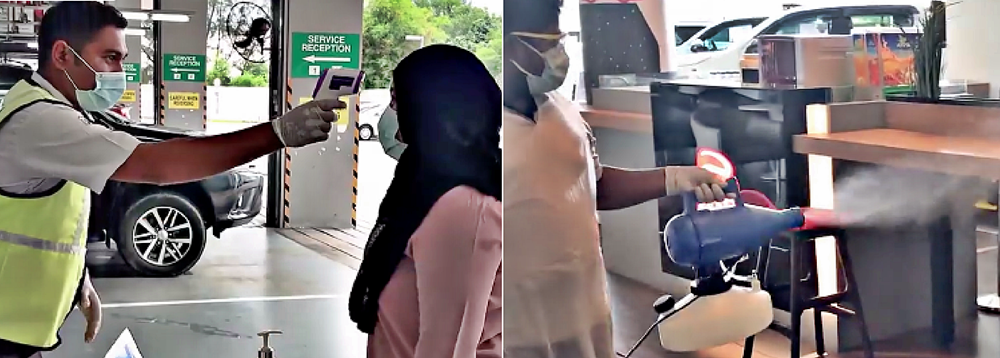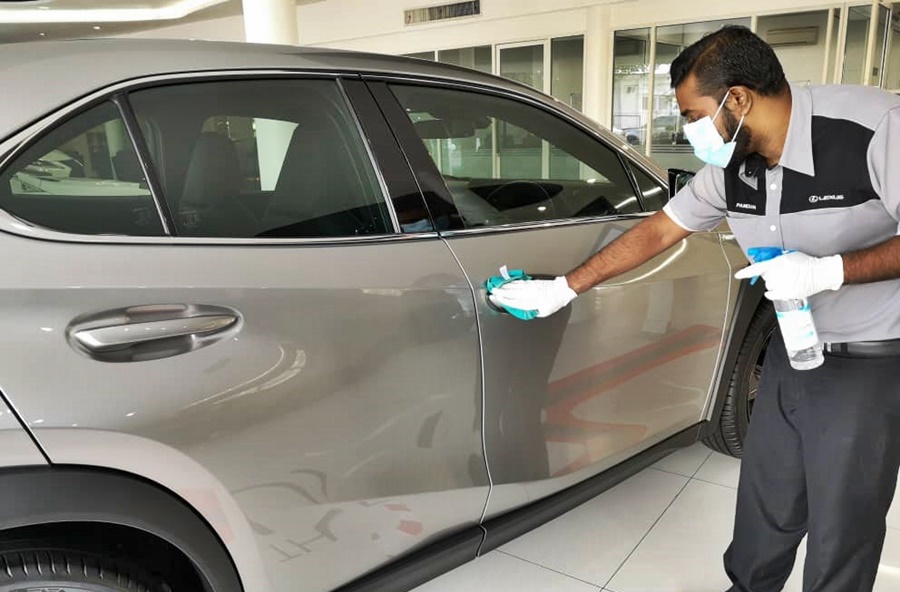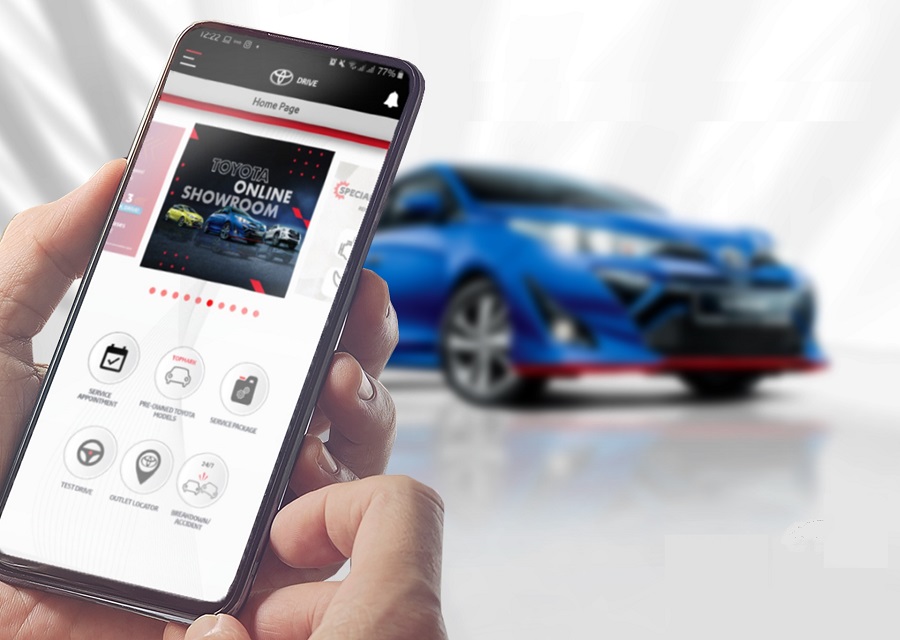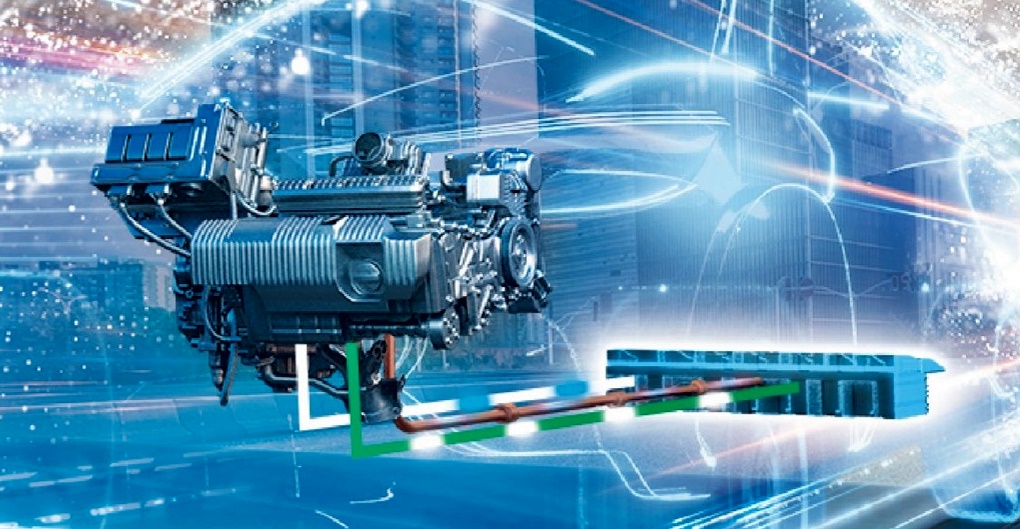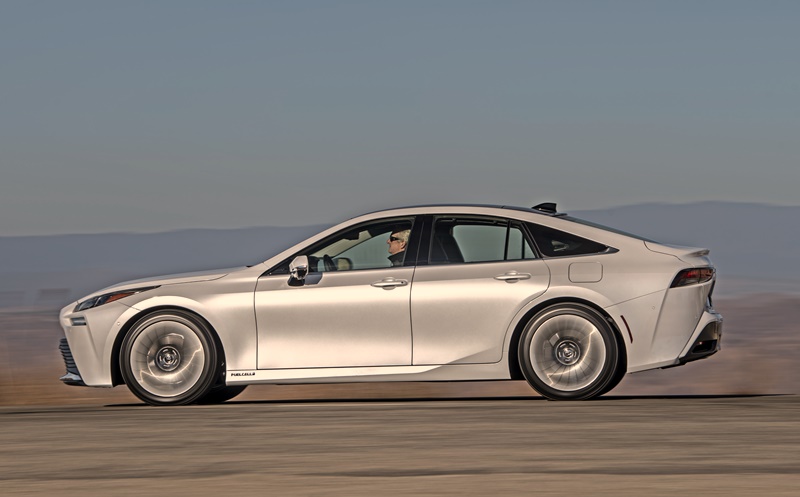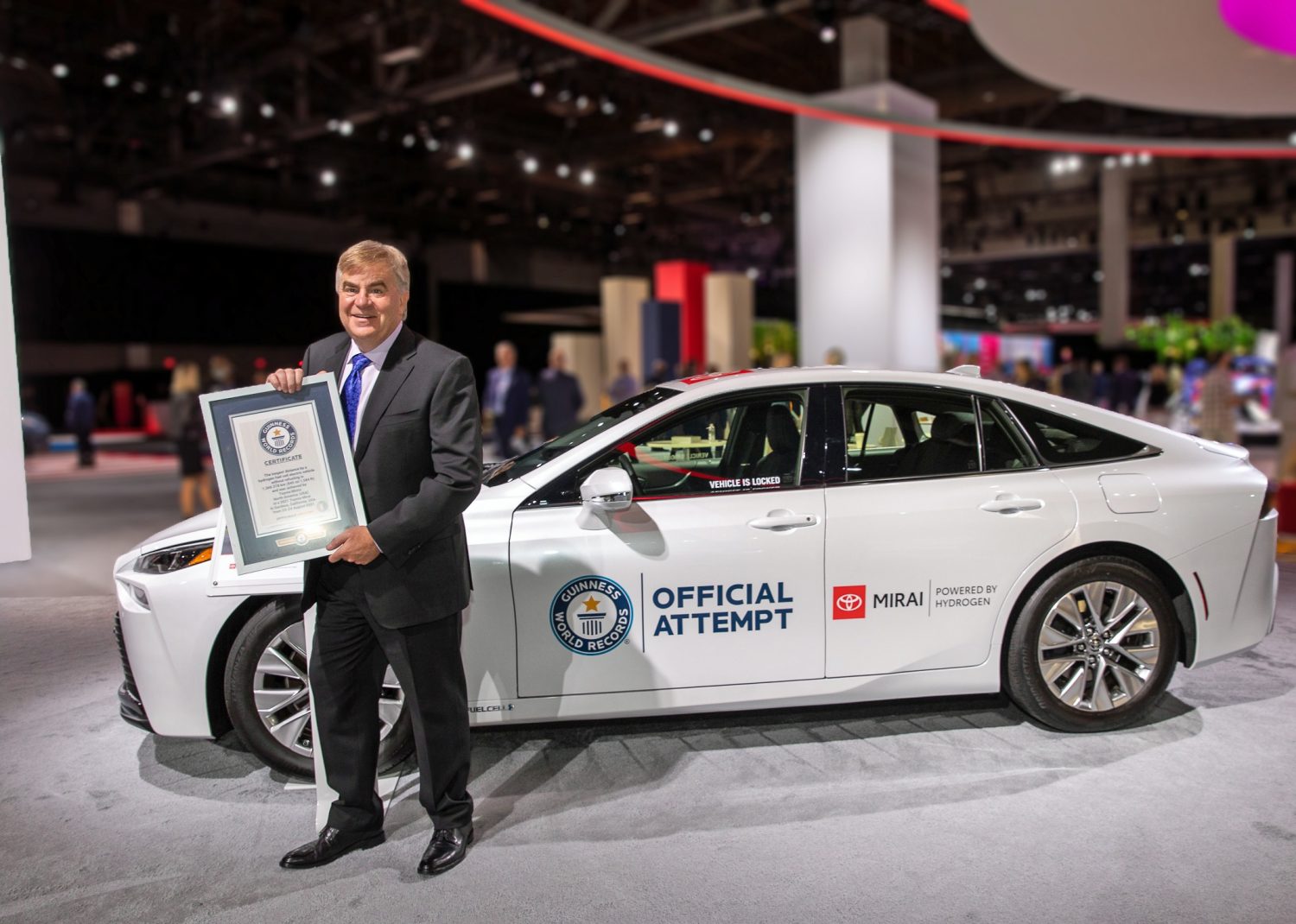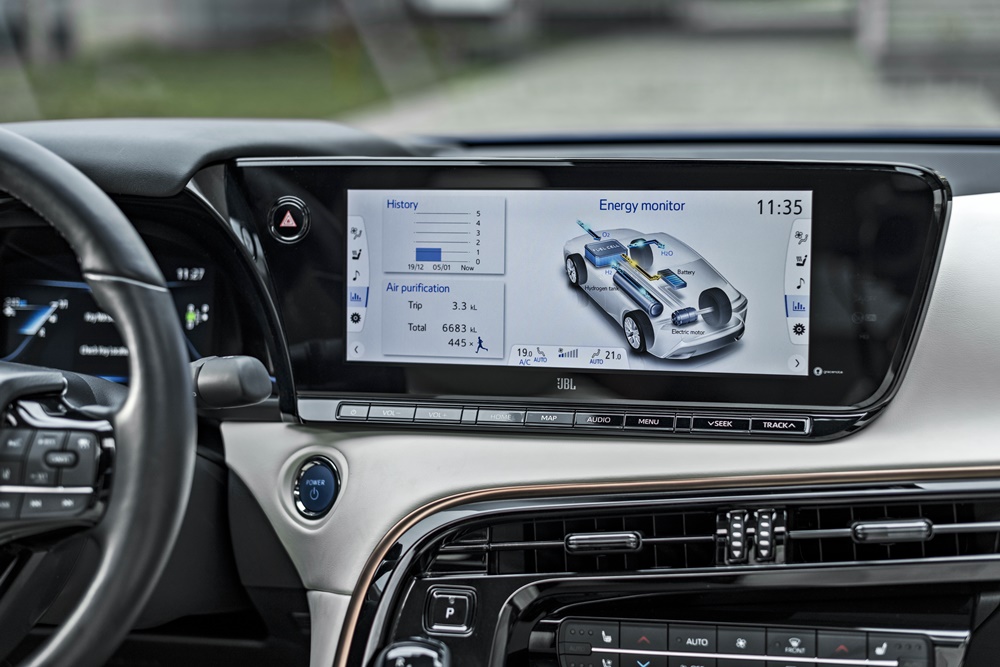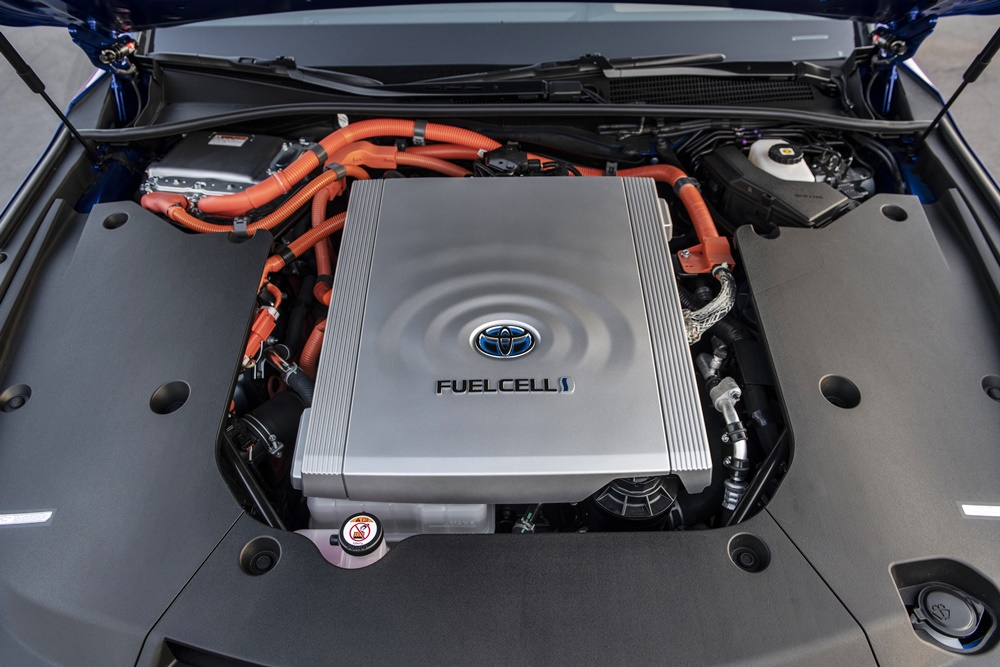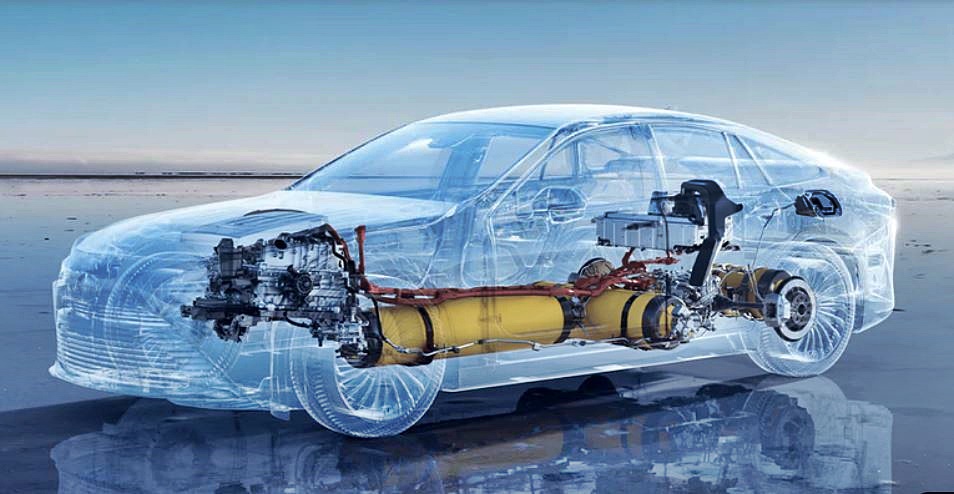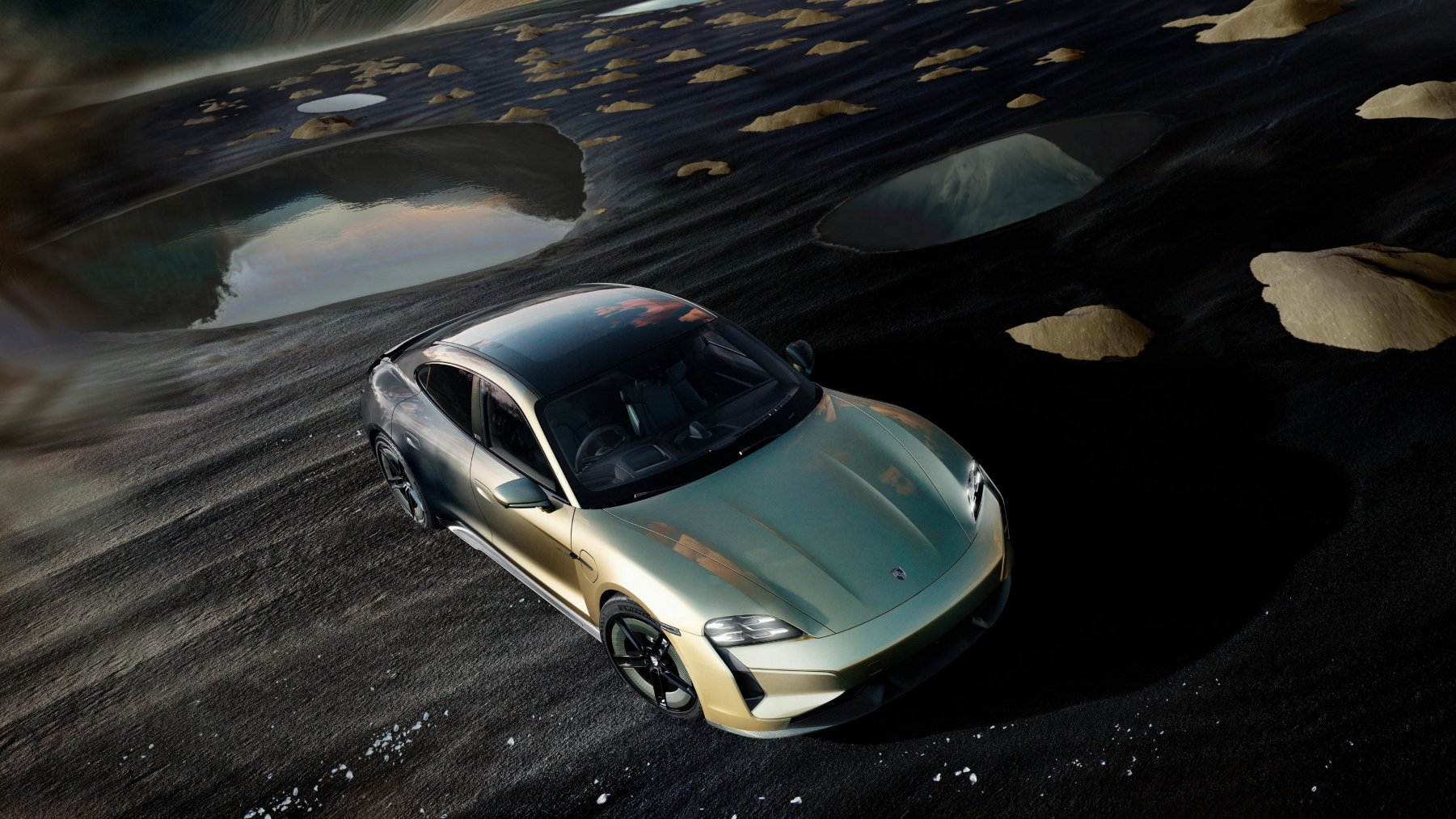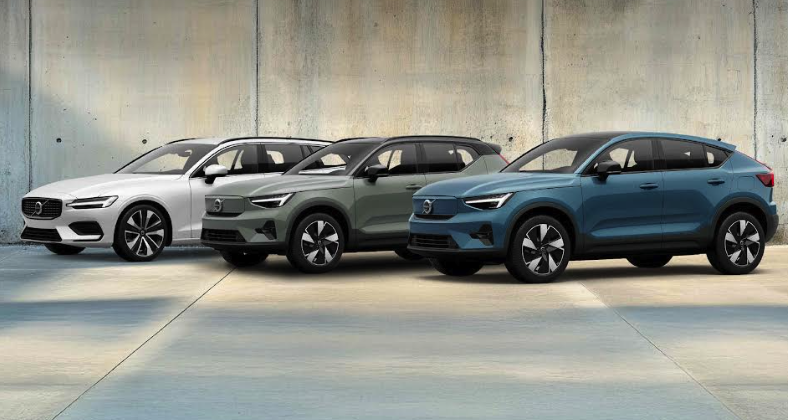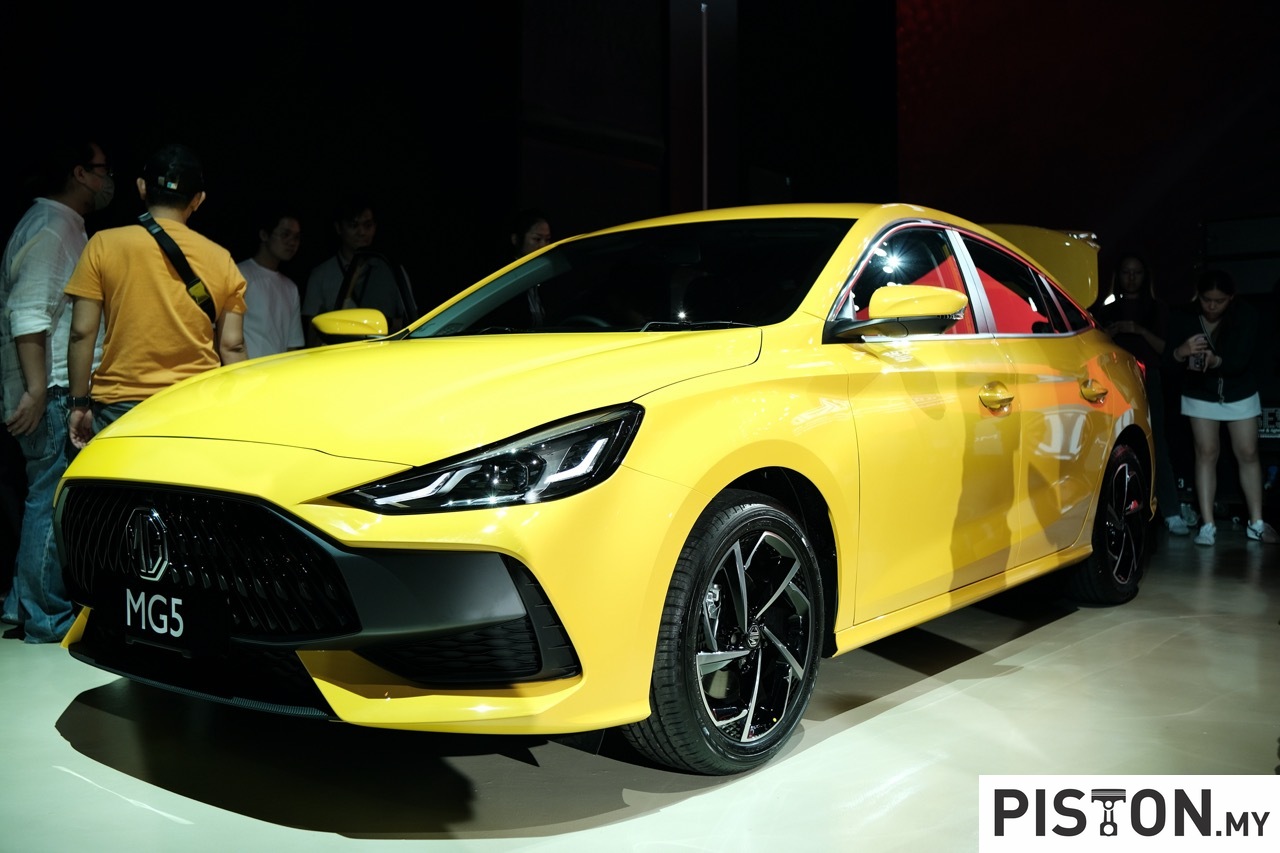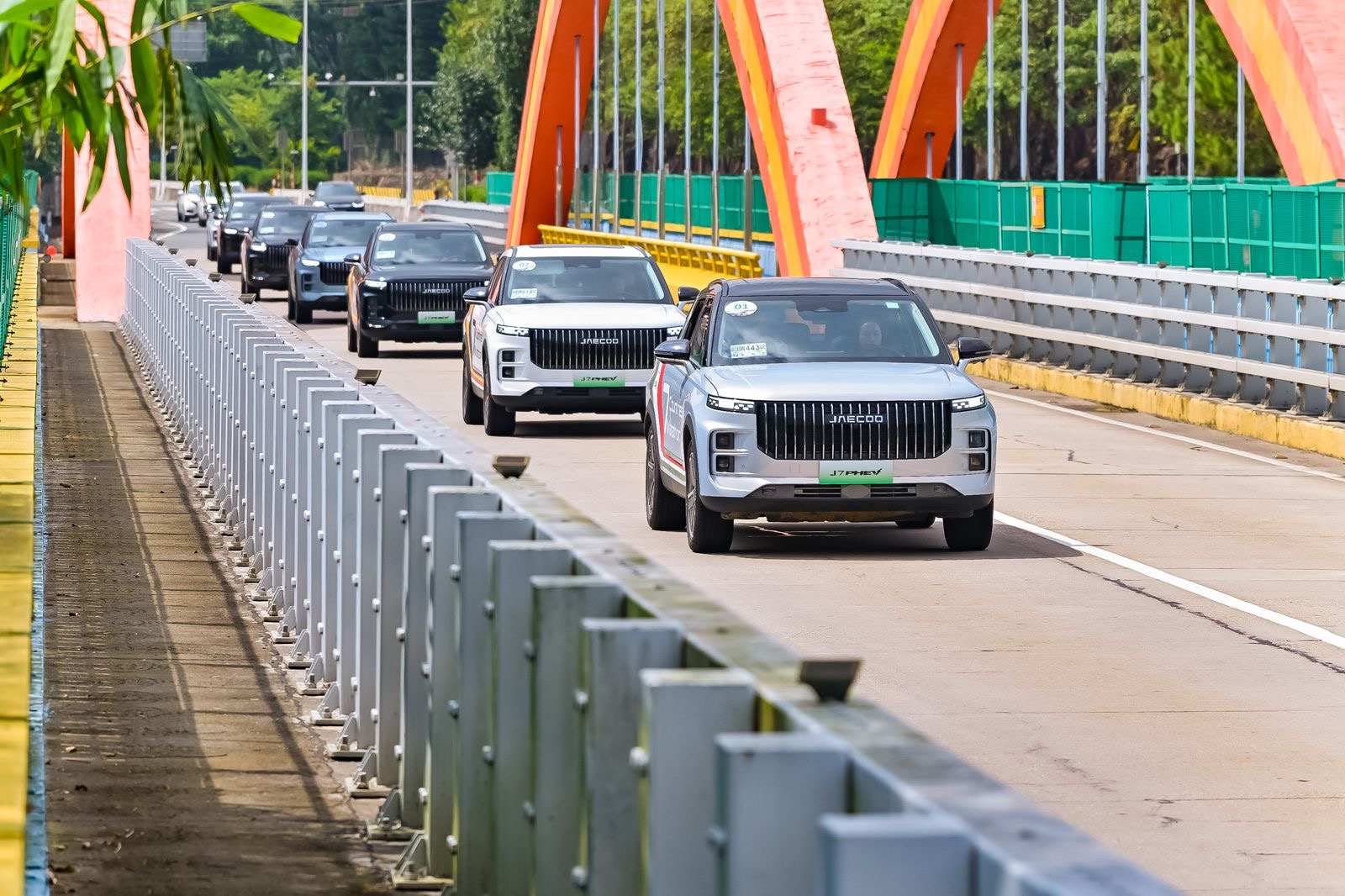Japanese carmakers built their reputation on reliable, economical and affordable small cars and for most of the world (with the exception of America), they captured big market shares. However, in Europe, while their small cars were successful and popular, they faced a big challenge in the supermini A-segment. This was where European carmakers had popular products and were pretty well entrenched.
Prior to the 1990s, some European countries like France, Spain, Portugal and Italy had formal and informal quotas on imports of Japanese cars to limit their threat. As in America, the Japanese carmakers began to build factories in Europe as a way to get behind the barriers. Eventually, as the World Trade Organisation forced upon countries the requirement to drop barriers, the issue of quotas became less pursued.
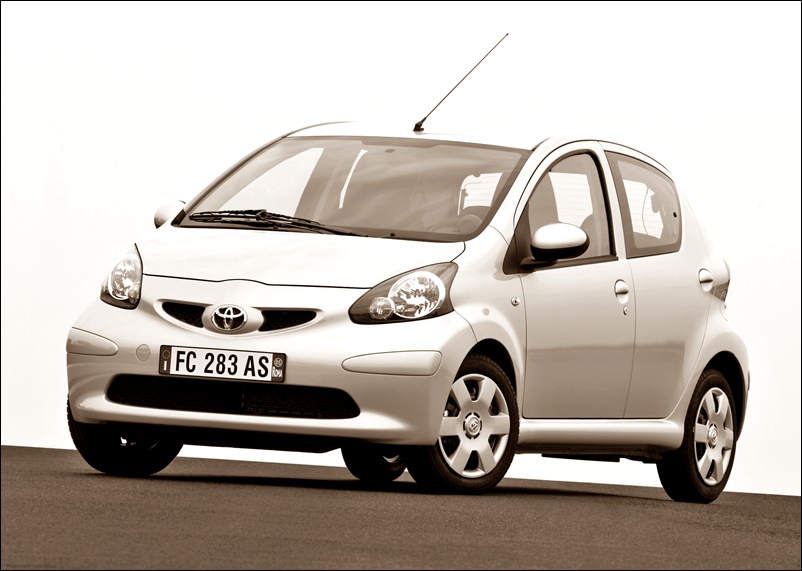
But the market had also changed by the beginning of the 21st century and collaboration was necessary as it was very costly to develop a model and then to have sufficient volumes to justify the investments. Even Toyota, which had often chosen to control its destiny alone, found it pragmatic to cooperate with other carmakers.
One of these joint ventures was with Groupe PSA, the parent company of Peugeot and Citroen, which saw the opening of a factory in the Czech Republic. Established in 2002, the factory, owned 50:50, was known as Toyota Peugeot Citroen Automobile Czech (TPCA) and was used to produce a supermini that would be marketed by Peugeot, Toyota and also Citroen. The model, jointly developed, was known as the Aygo and Peugeot called theirs the 107 while Citroen’s was badged as the C1.

The combined sales volume of the three models reached a peak of almost 340,000 units in 2009 and it sold well enough that a second generation was introduced in 2014. However, this will be the last generation of the common model as Groupe PSA (which is now in the Stellantis Group) has decided to cease the collaboration. At the same time, TPCA was also taken over entirely by Toyota in January this year.
Having been in the market for 7 years now, the Aygo might seem like it’s reaching the end of its generation cycle but that has not stopped Toyota from coming out with a brand new variant. This is the Aygo X launched this week and it is a response to the continuing demand for crossovers.
Designed mainly in Europe, it’s still a city car but has additional versatility. As with many of the latest Toyota models, it also uses TNGA – Toyota Global New Architecture – and specifically the GA-B platform first introduced with the latest European Yaris and more recently, the Yaris Cross.
“Since the Aygo first arrived in the market in 2005, not only has it been Toyota’s most accessible car in Europe, it also delighted customers with its youthful and fun character. Not only has it brought many new customers to Toyota. It also fulfils our mission to provide everyone with the right mobility solution,” said Andrea Carlucci, Vice-President, Product & Marketing, Toyota Motor Europe, adding that the A-segment is very important to the company.
The Aygo X is the production version of the Aygo X prologue shown in March this year. The concept car was developed at Toyota’s European Design and Development (ED2) in France. Feedback on the concept car helped the designers at Toyota Motor Europe’s styling division in Belgium to fine-tune the product and take it from concept to reality.
The Aygo X uses the dramatic spice colour concept of the prototype with a bi-tone black roof to create a unique graphic profile. A wedged roofline also increases the dynamic feeling for a sportier image. In the front, high-tech lamps hug the upper bonnet to form a wing-like shape, while lower to the ground, the large grille, foglamps and skidplate all build on the double trapezoid theme that is part of Aygo’s identity.
“The bi-tone of the Aygo X immediately grabs people’s attention. It’s clearly not just a detail. It’s an integral part of the design,” explained Anastasiia Stoliarova, Aygo X Product Planner.
The spice theme is not just on the exterior as interior highlights match the bodywork’s spice colours to give a distinctive design to the cockpit, including the dashboard and centre consoles. On the seats can be seen an ‘X’ symbol discreetly stitched right into the fabric. The Aygo X model name is also subtly echoed in the keen look headlamps to provide a strong and coherent identity.
Toyota isn’t offering an ‘Edition 1’ (as some carmakers do) but, for the first 6 months after going on sale in 2022, there will be a ‘spicier’ limited edition Aygo X in Cardamom. This features additional matte Mandarina accents in orange throughout the car with accent stripes on the exterior and on the bespoke 18-inch matte black alloy wheels. The Mandarina theme is also carried through the interior panels and seat fabric design.
As with other Aygo models, the Aygo X is powered by a 1-litre, 3-cylinder engine. Coupled to a new S-CVT transmission, it is claimed to be able to do 21.3 kms/litre.
In adapting the GA-B platform for the Aygo X, the A-segment contender has evolved into a credible crossover product. It has a modified and downsized rear chassis section with reduced front and rear overhangs. The 3700 mm long Aygo X has less front overhang than the Yaris, and has an exceptionally small turning circle of 4.7 metres.
The total body width is 125 mm more than an Aygo, which has allowed the front seats to be moved 20 mm further apart and increasing shoulder space. Luggage space is claimed to be segment-leading with 125 mm more floor length and a smart space design behind the rear seats. Up to 231 litres of cargo volume is available.
The ‘Pagoda’ roof design maintains compact overall dimensions, while providing comfortable, spacious cabin for driver and passengers. And the sky’s the limit, so to speak, with the optional retractable canvas top, a first for an A-segment crossover. The canvas top, of high quality materials, offers improved water and dust protection and has a wind deflector structure.





